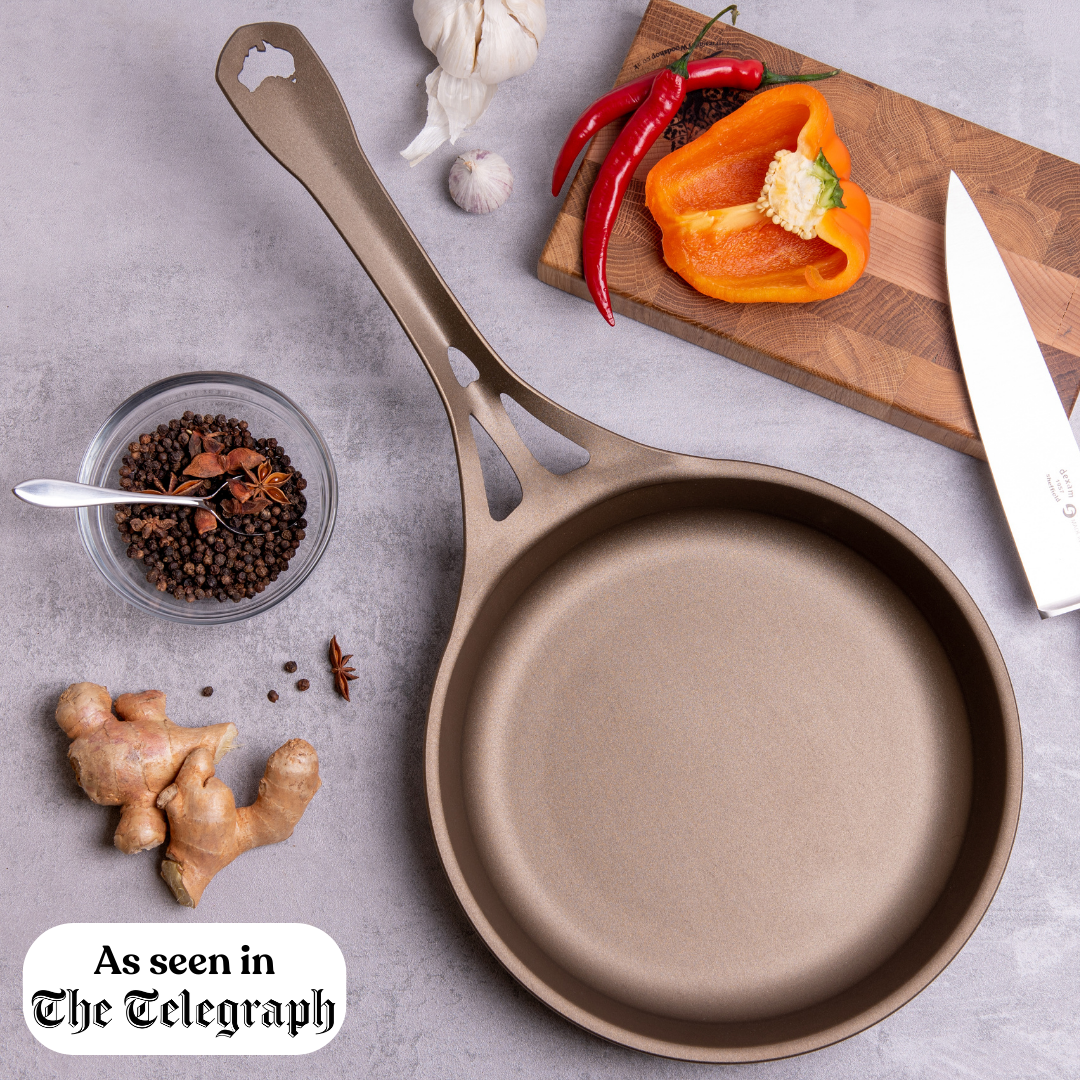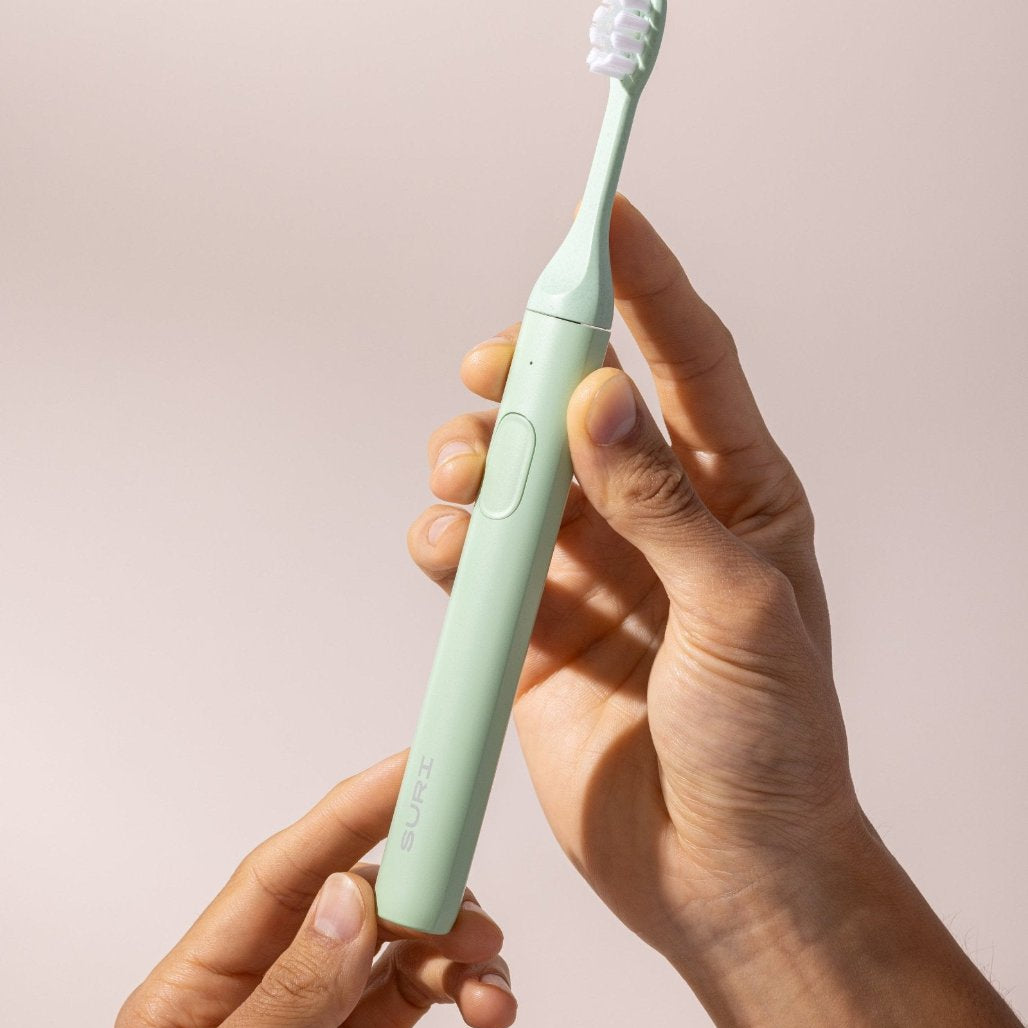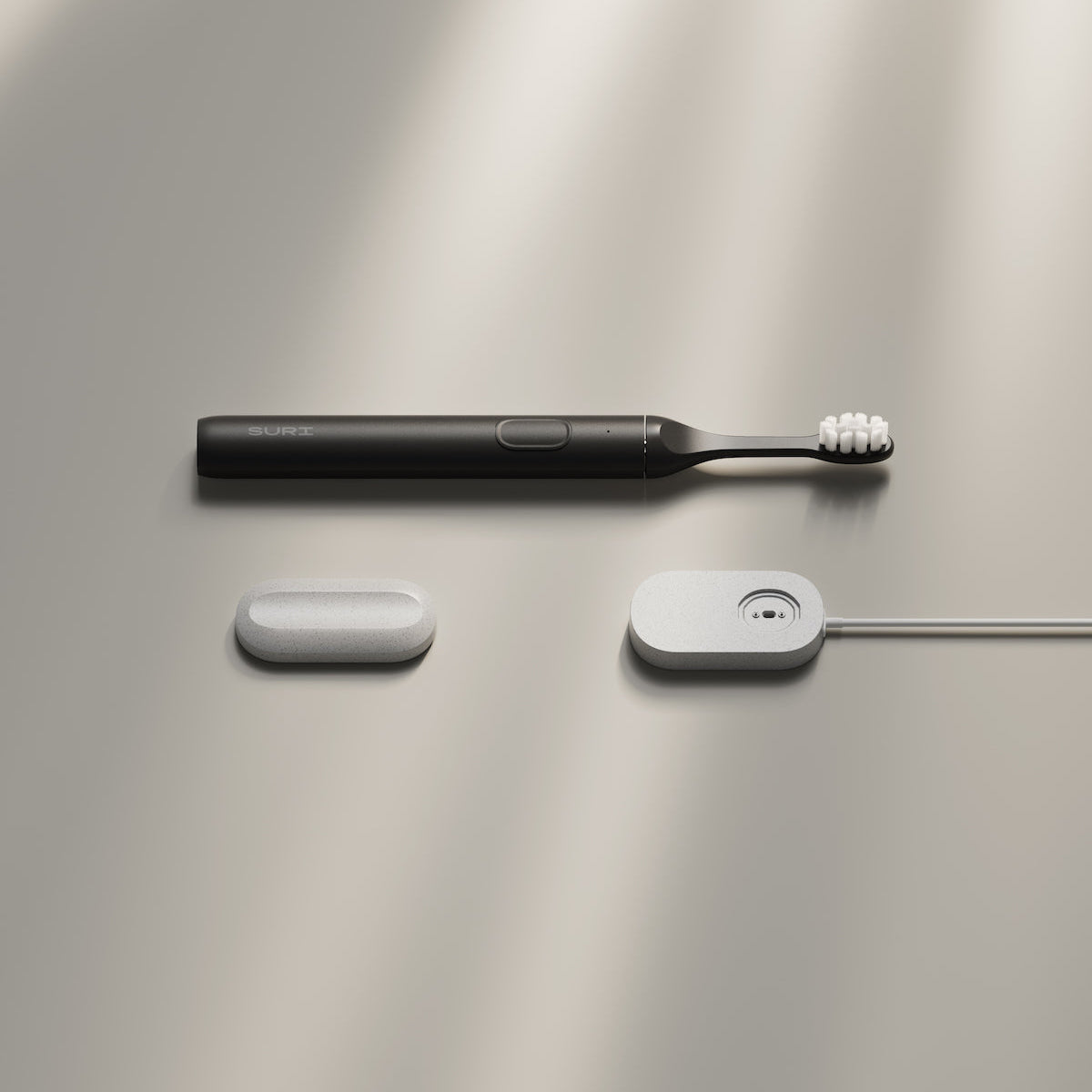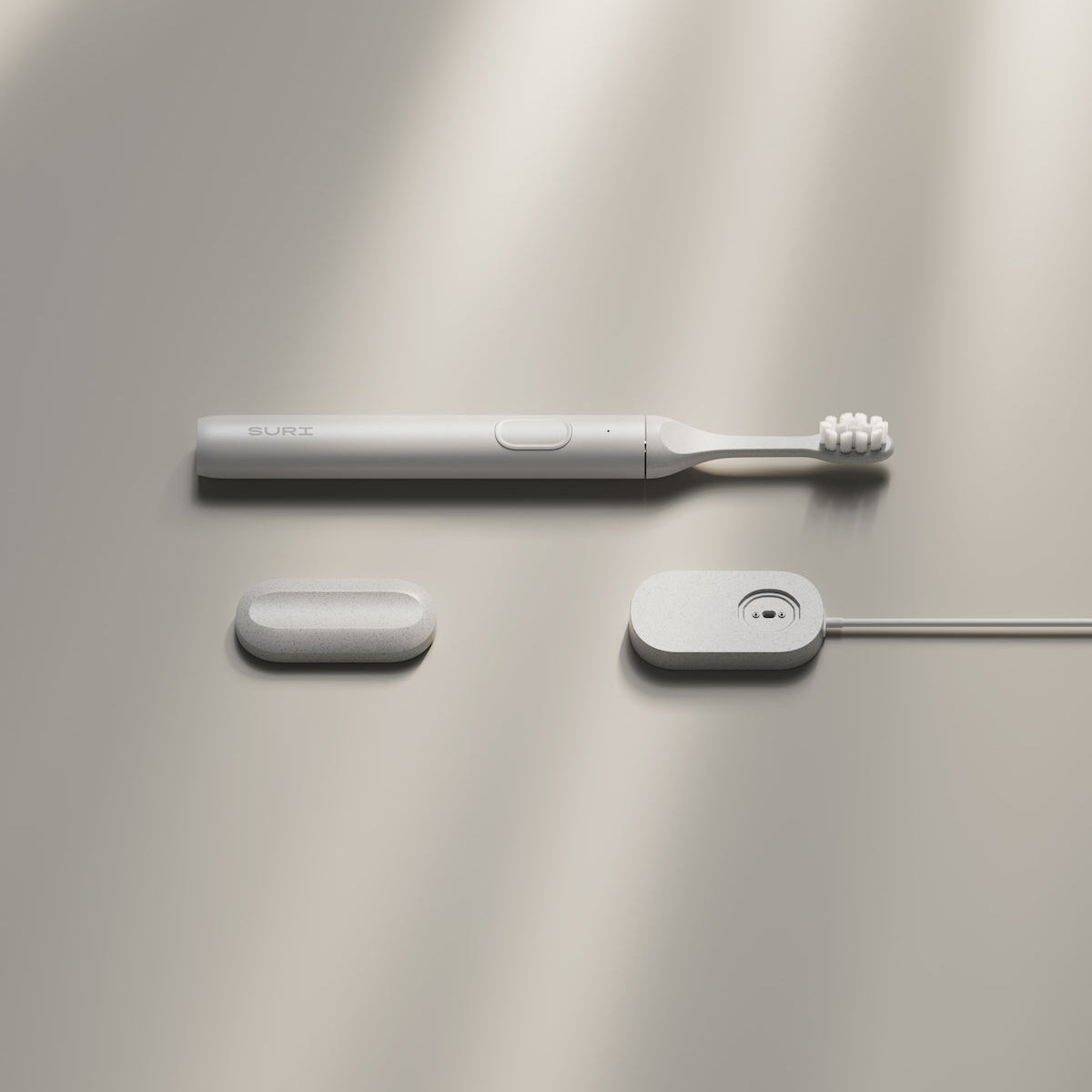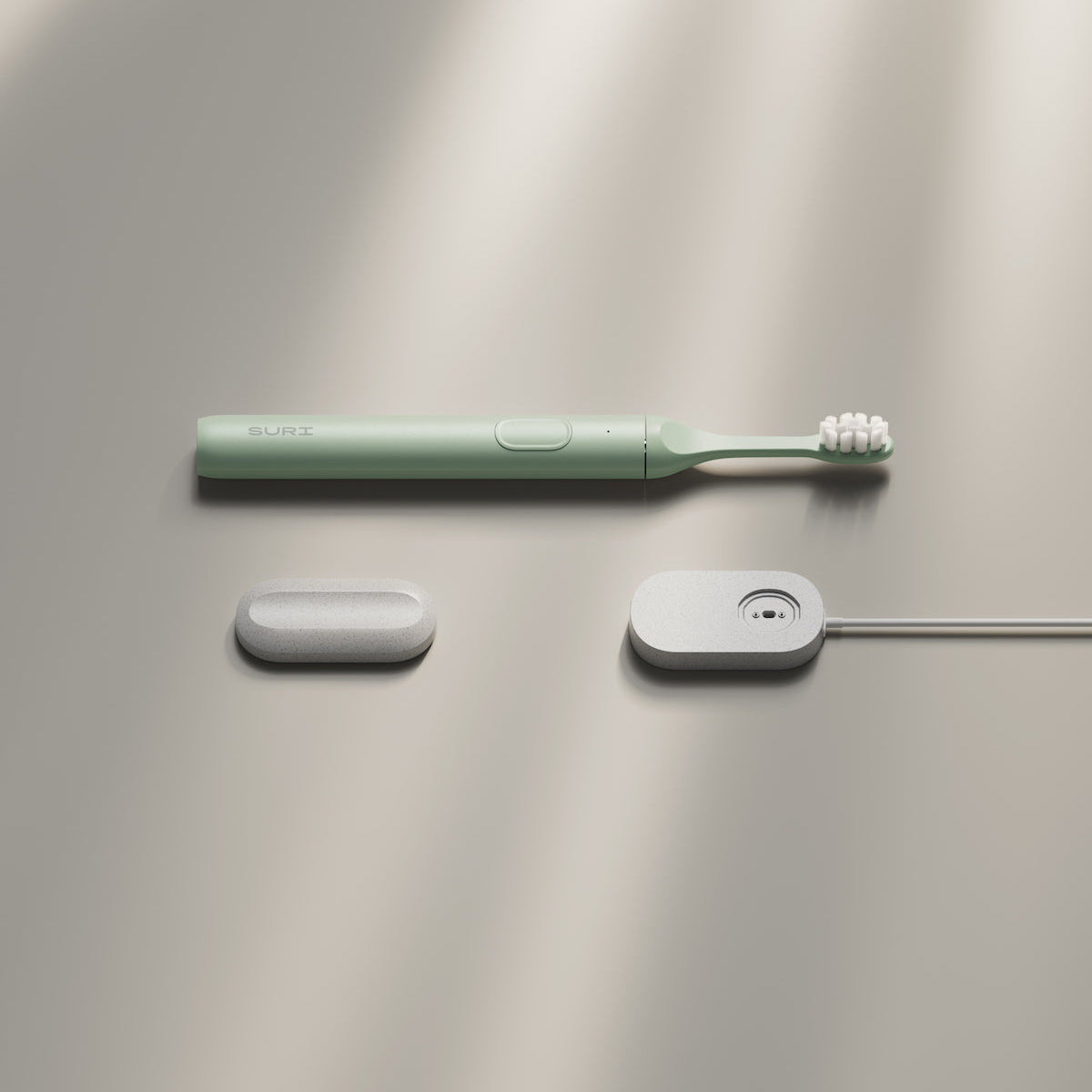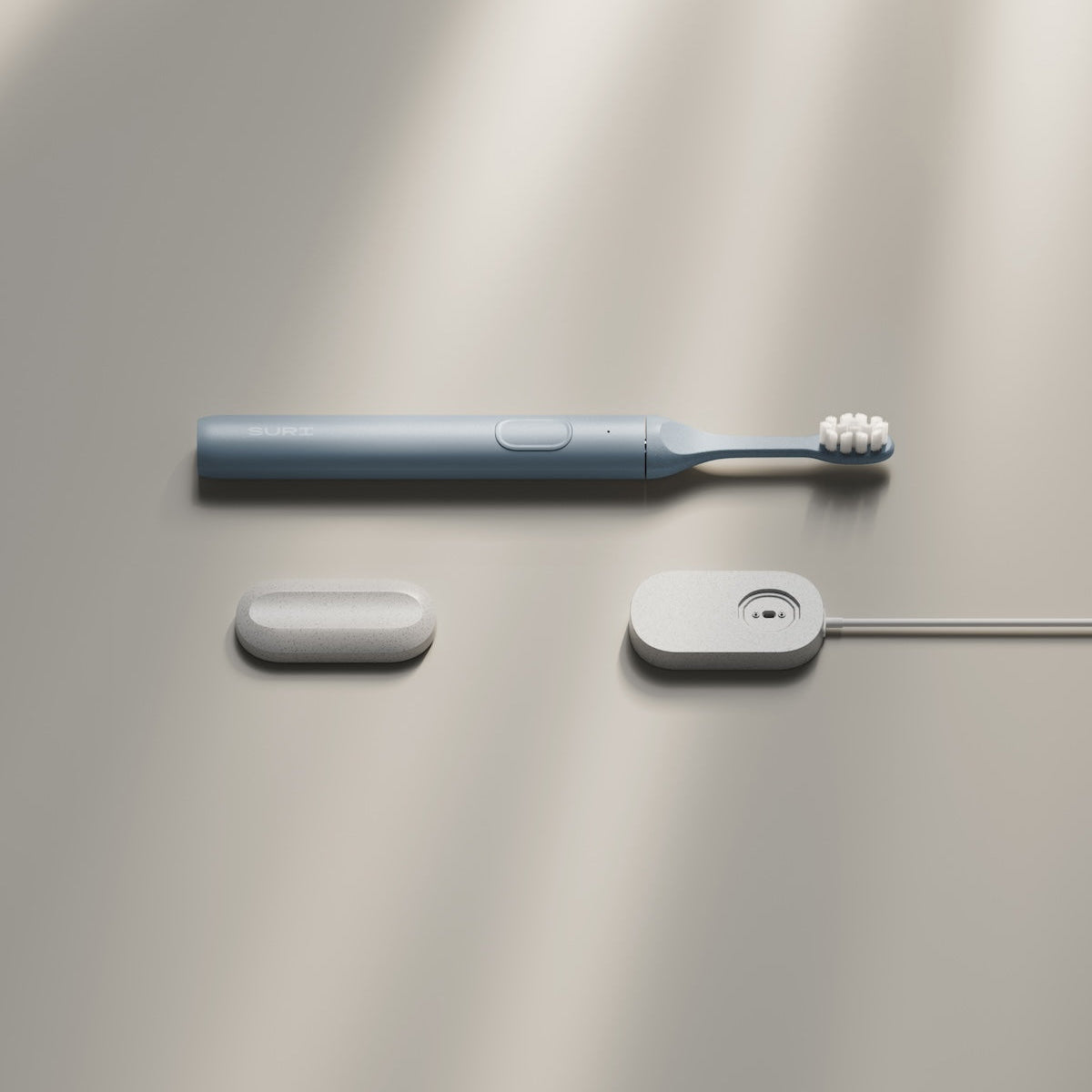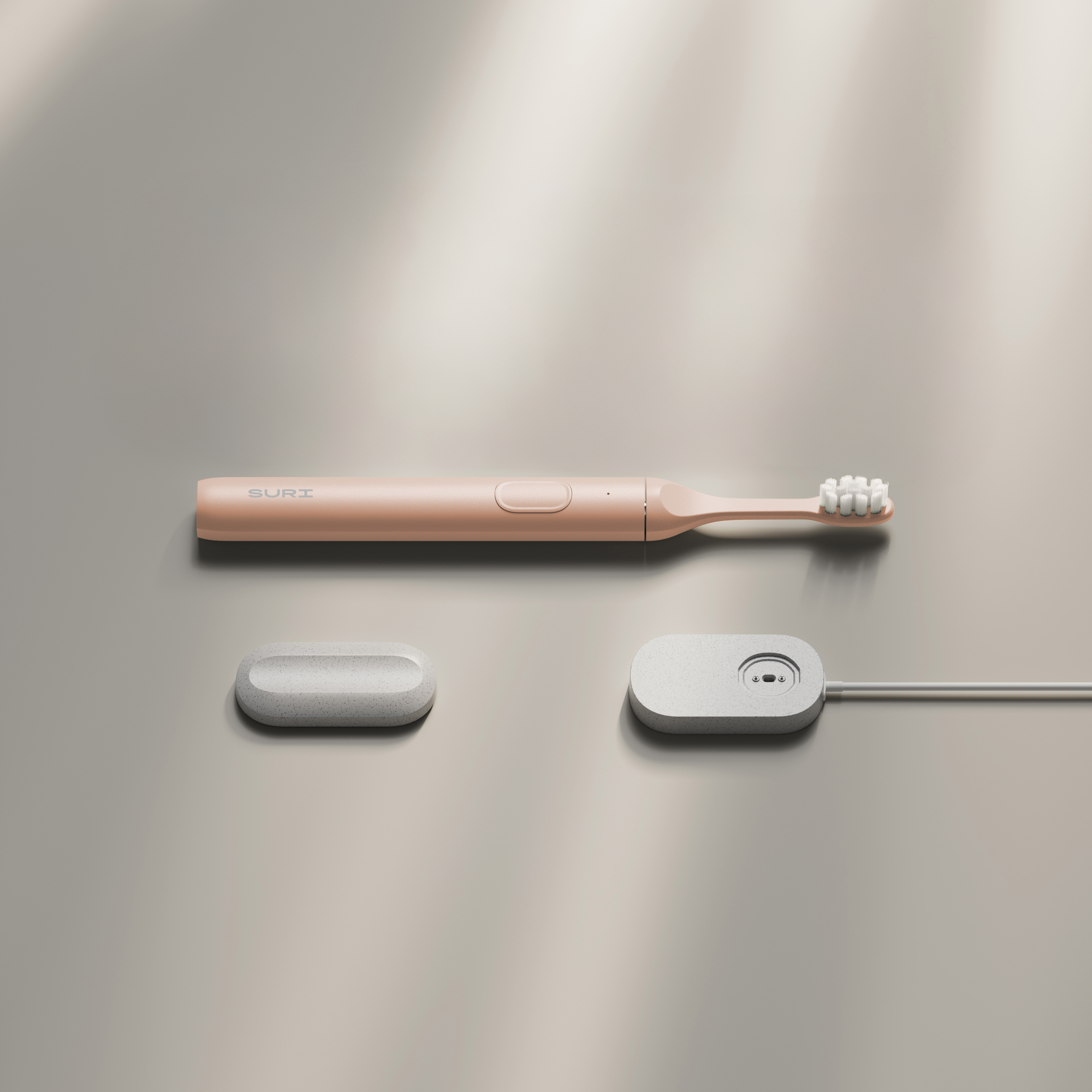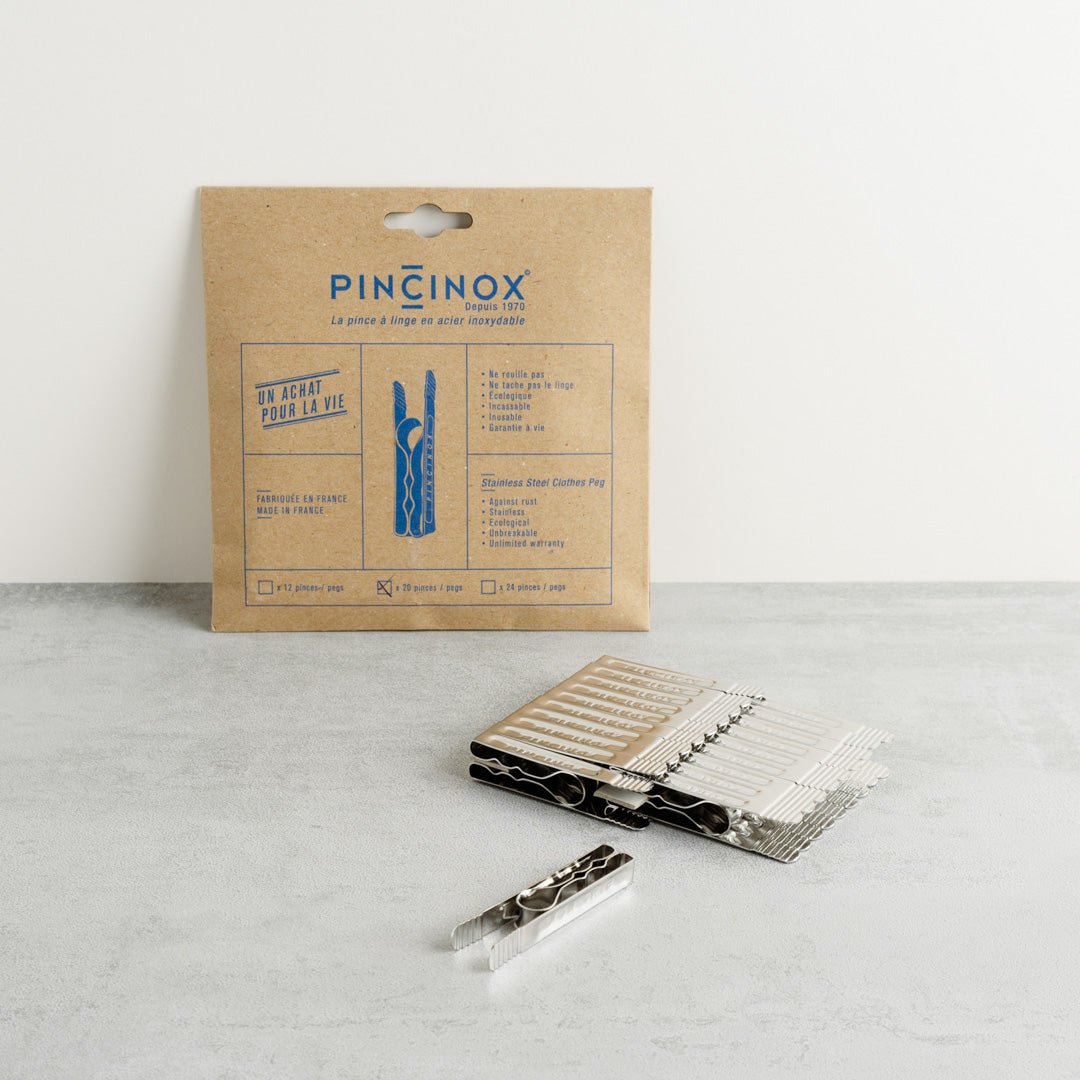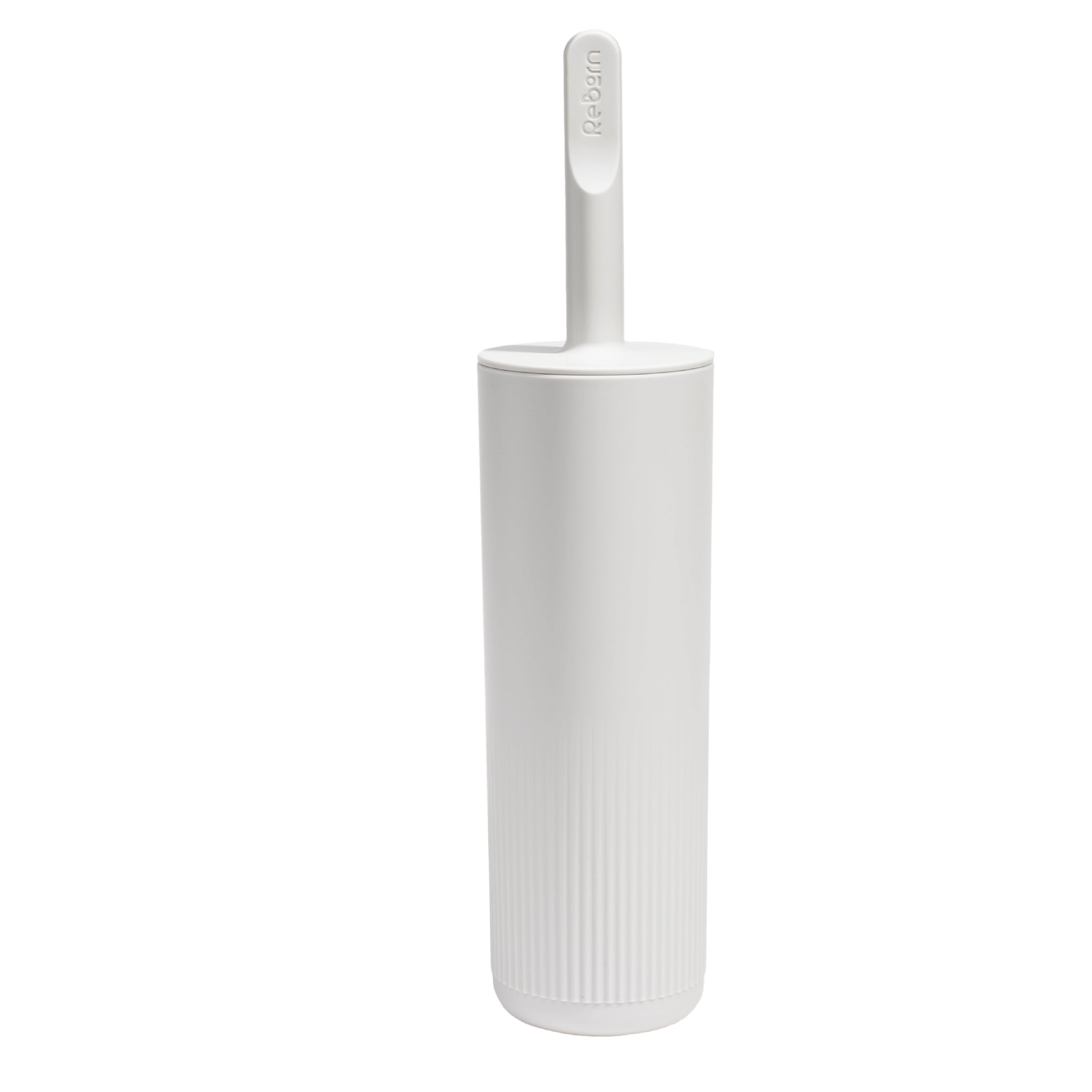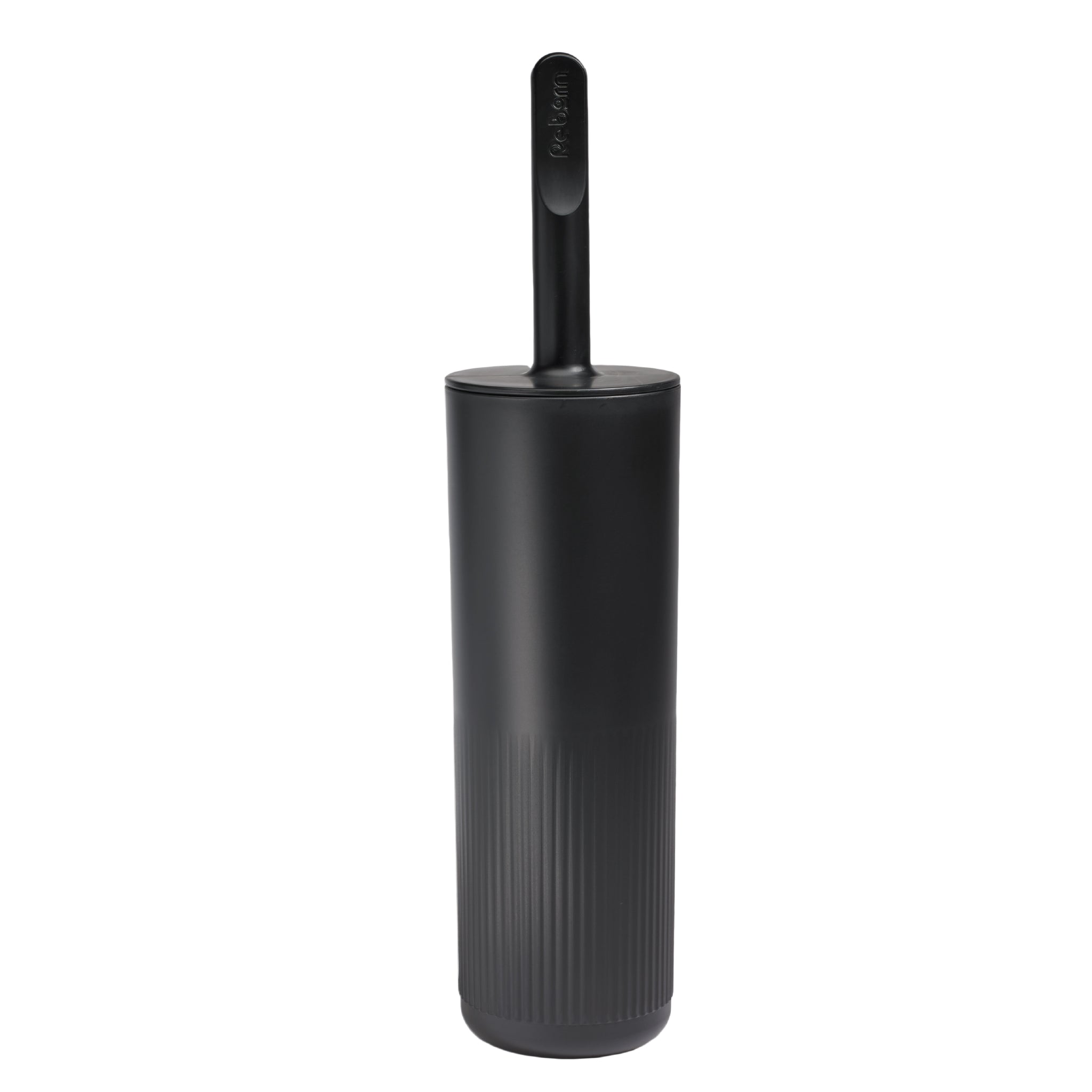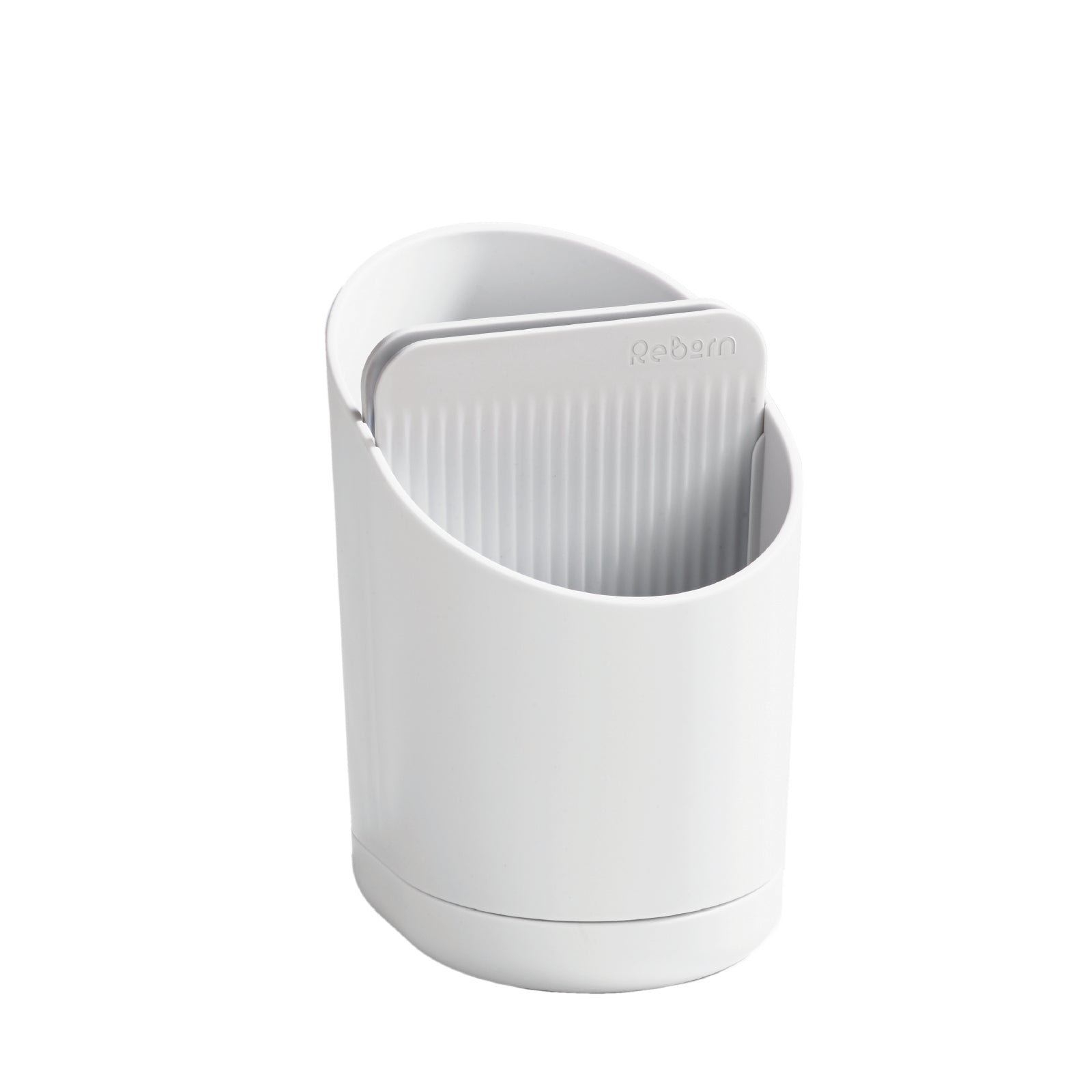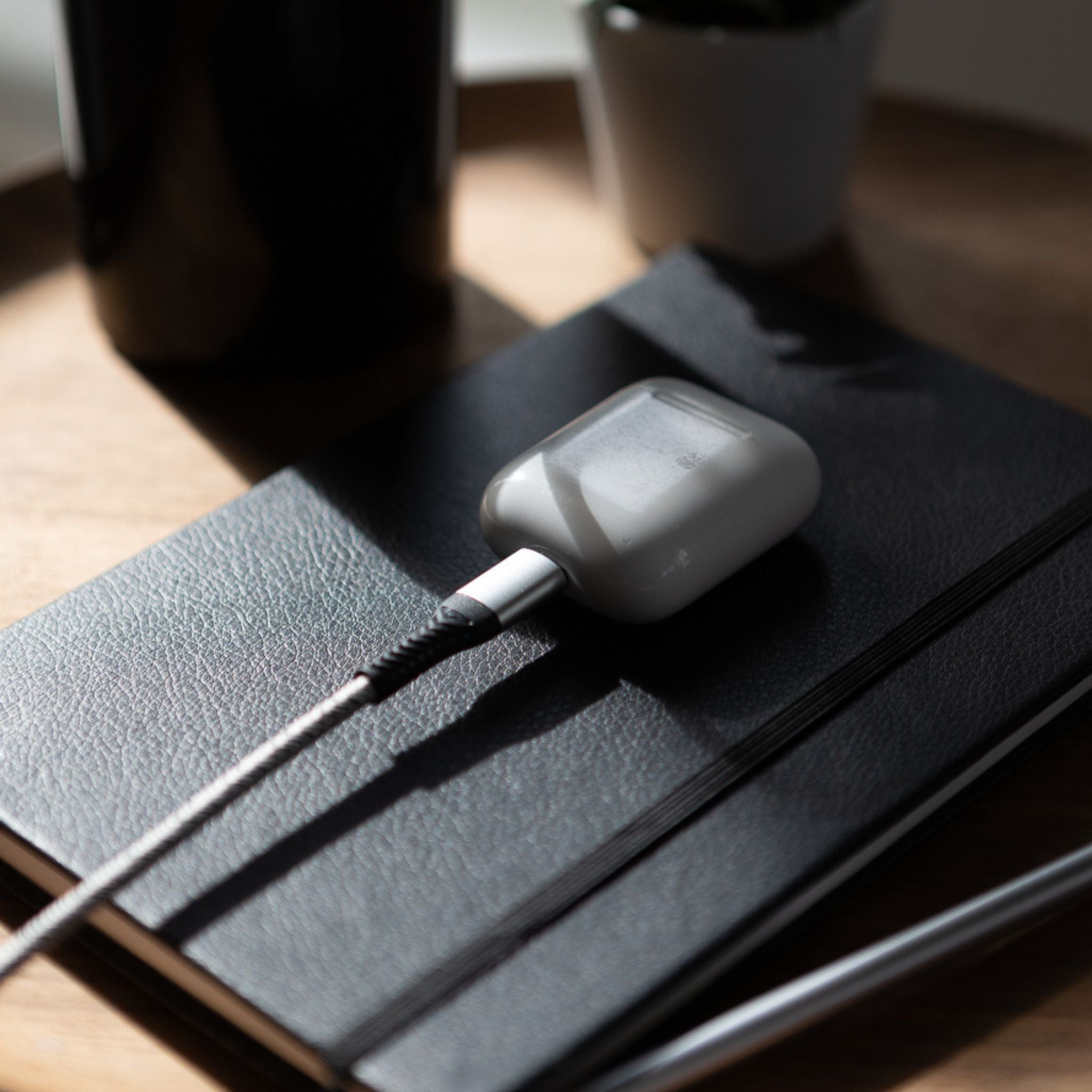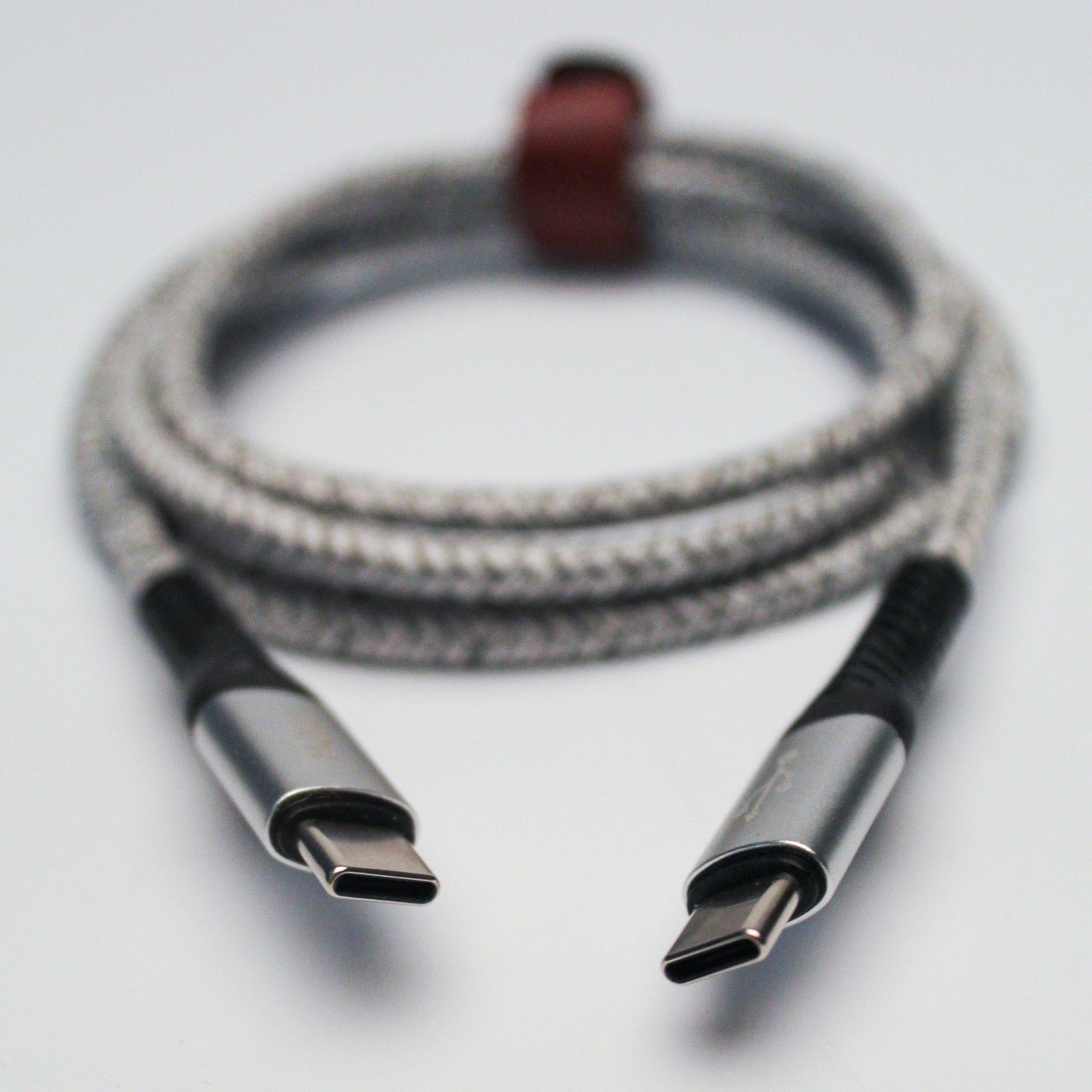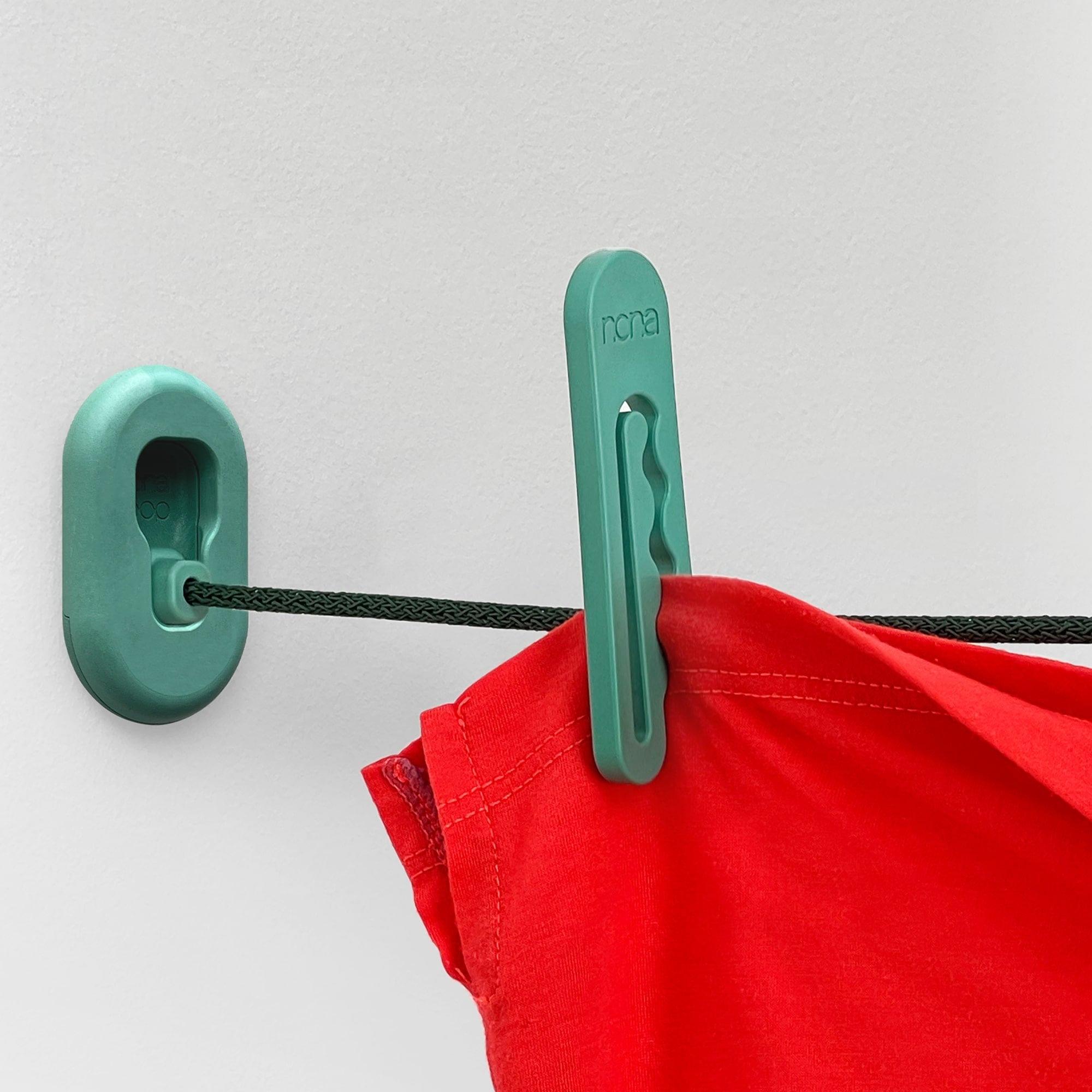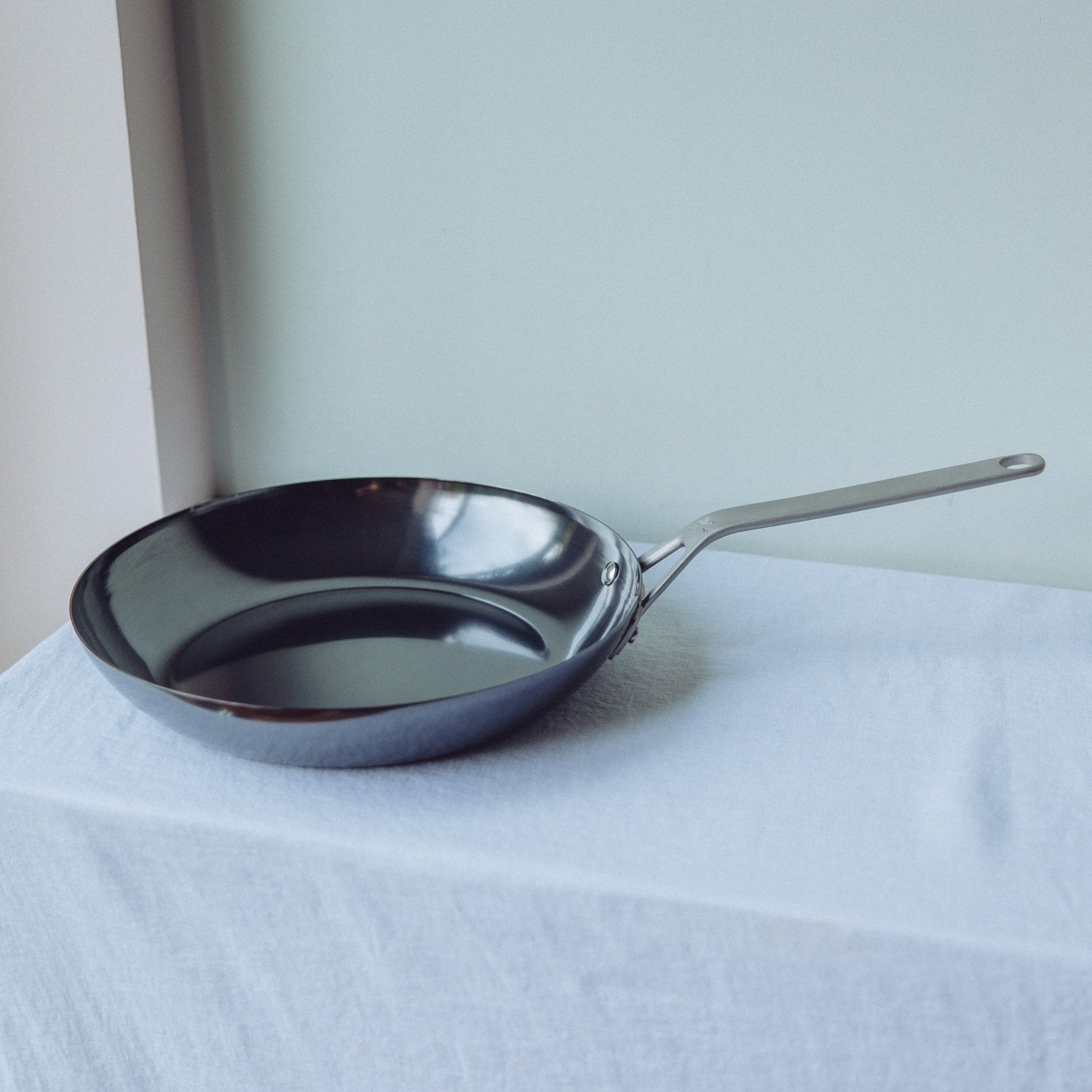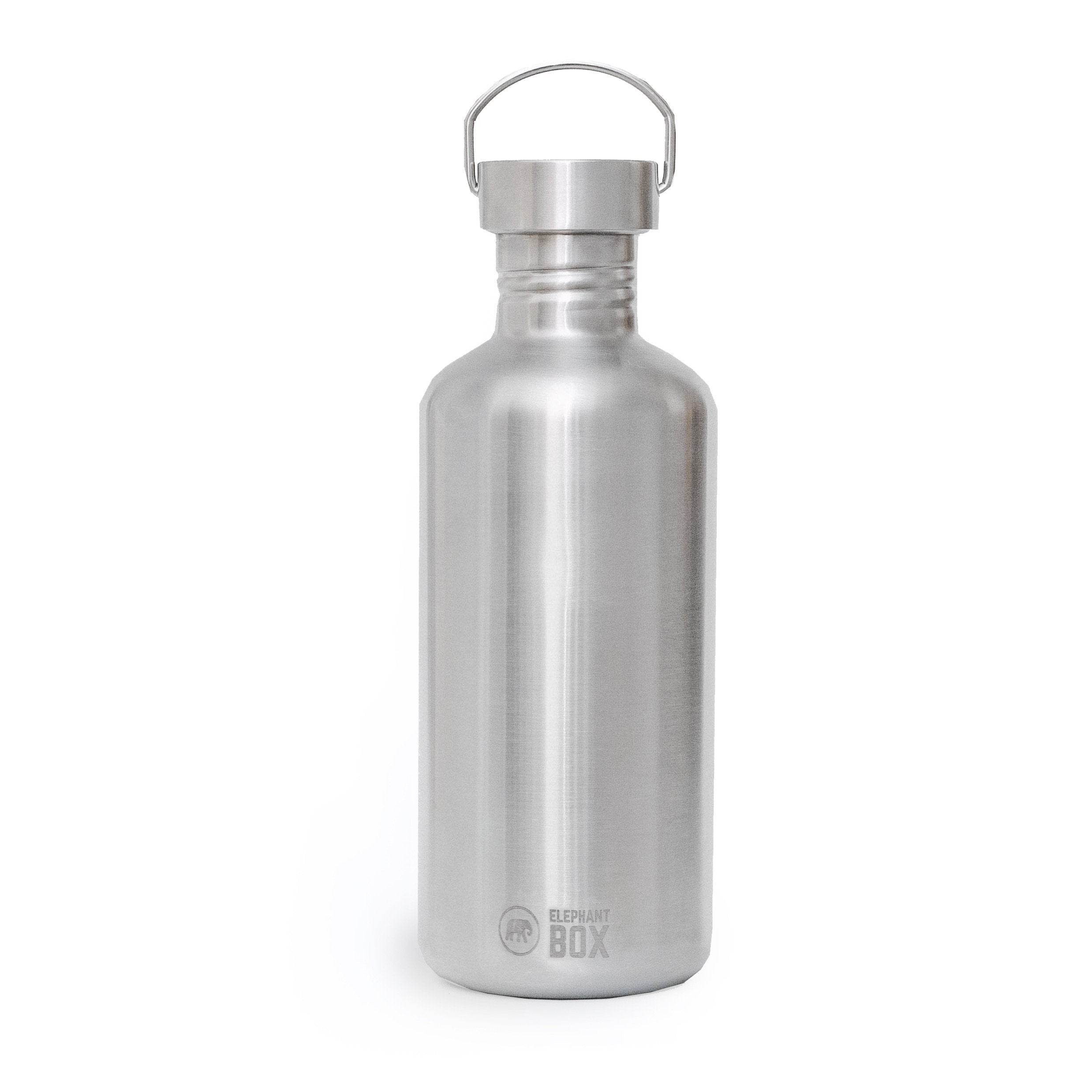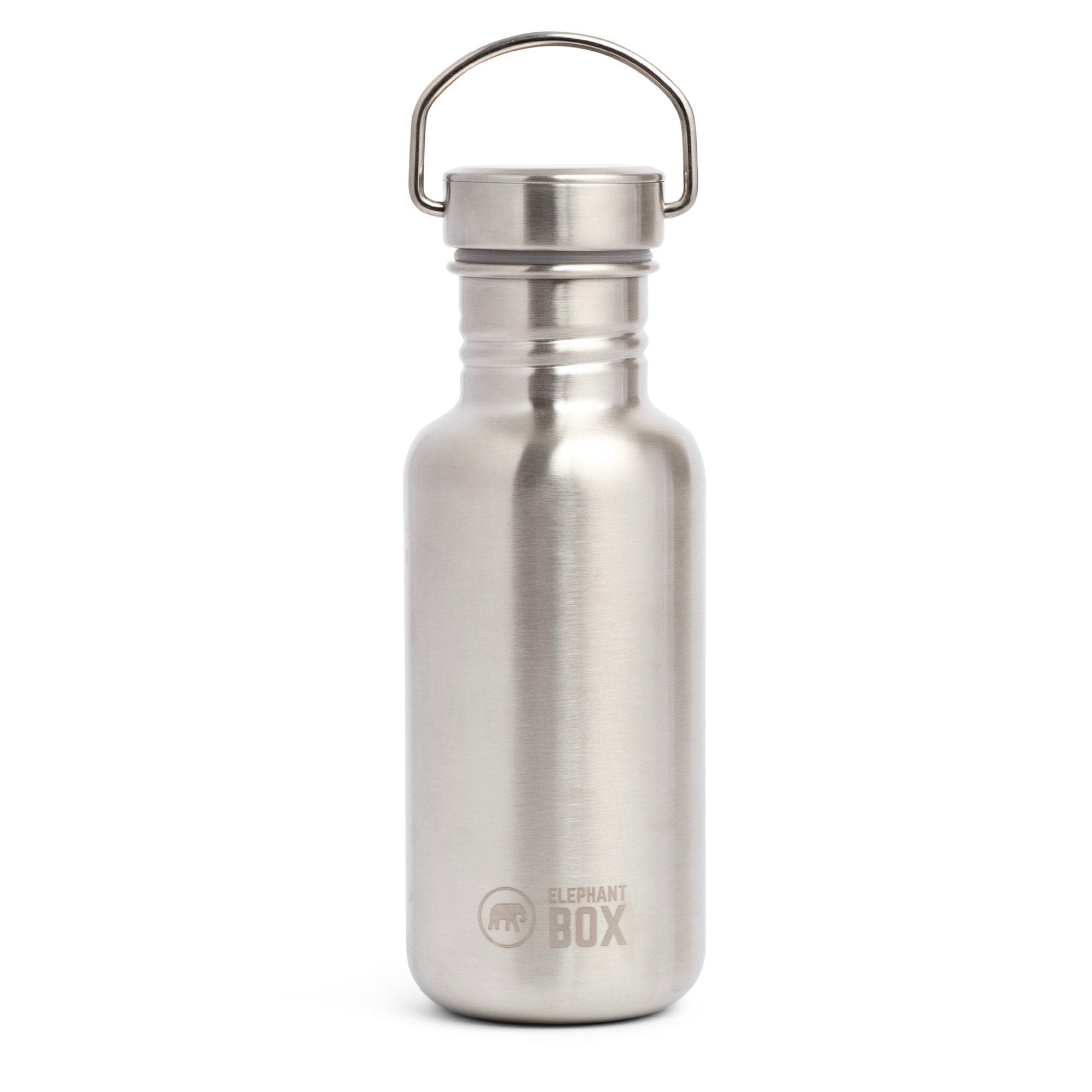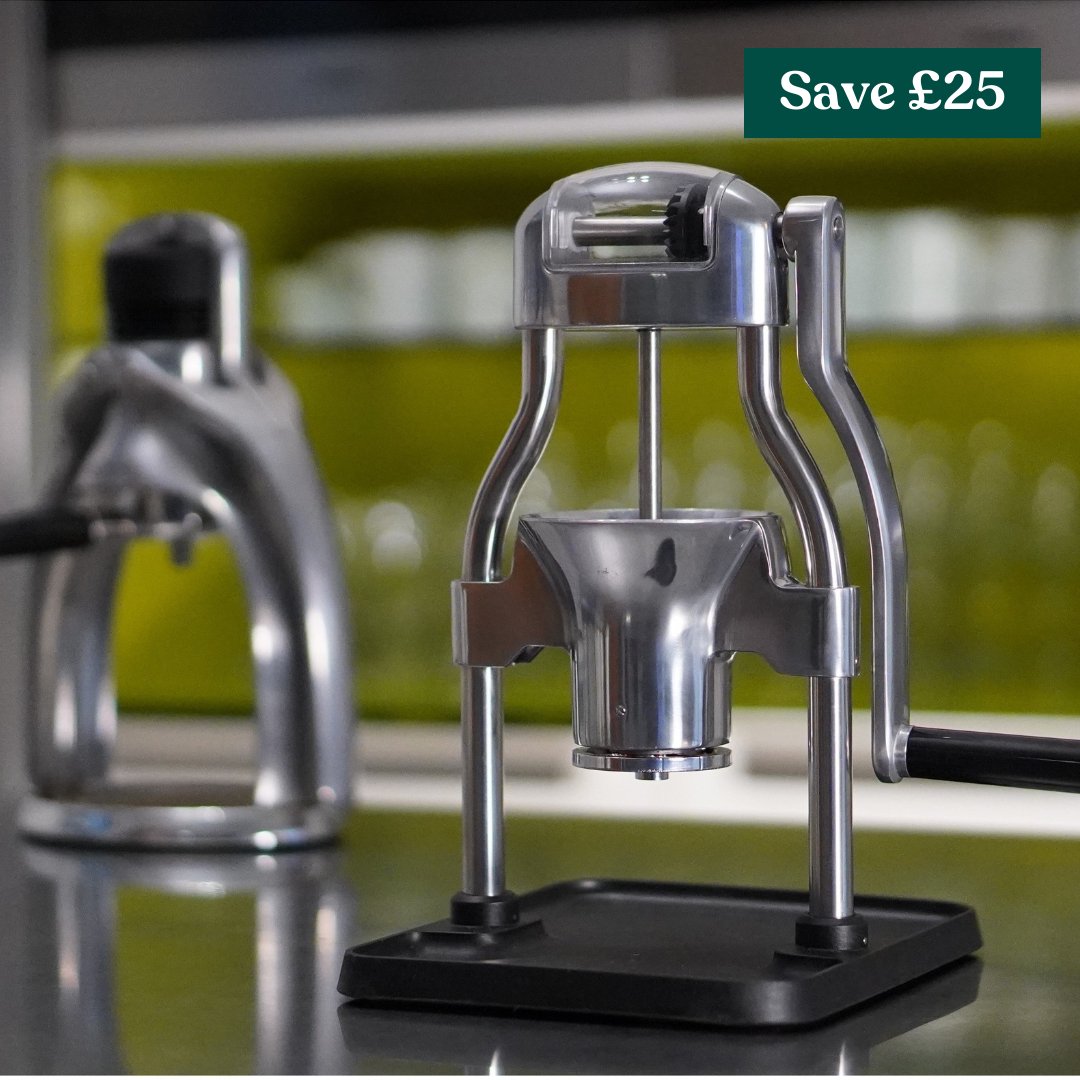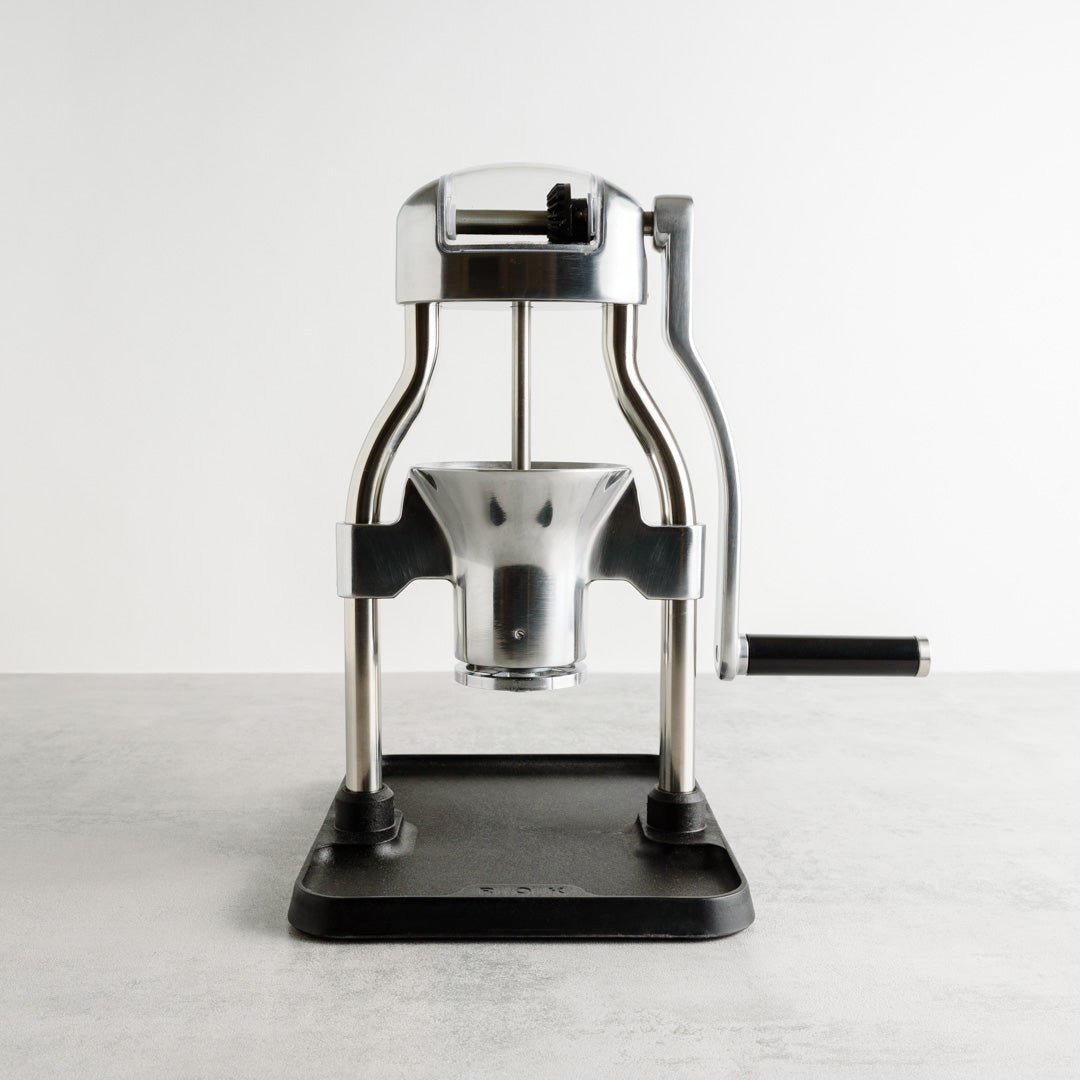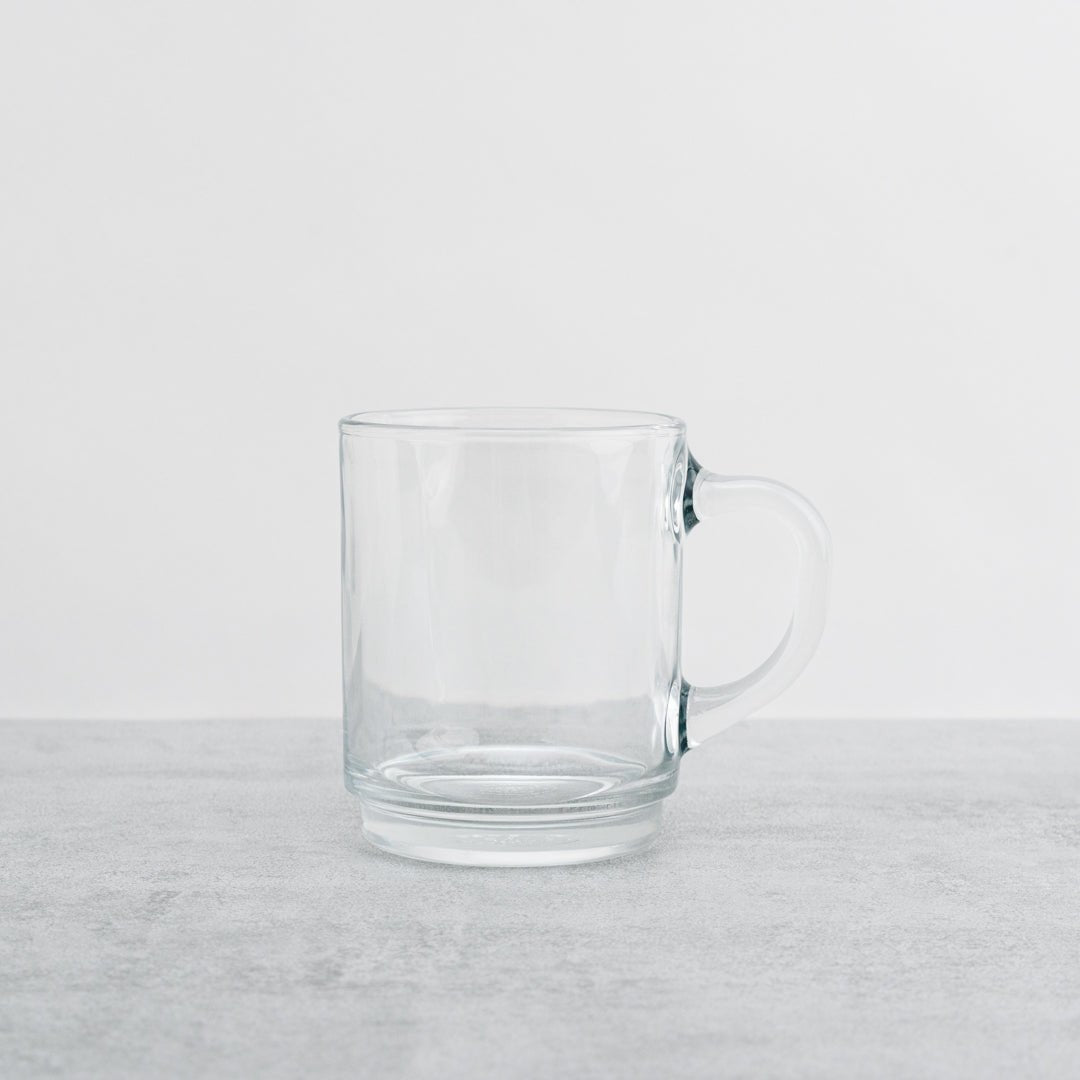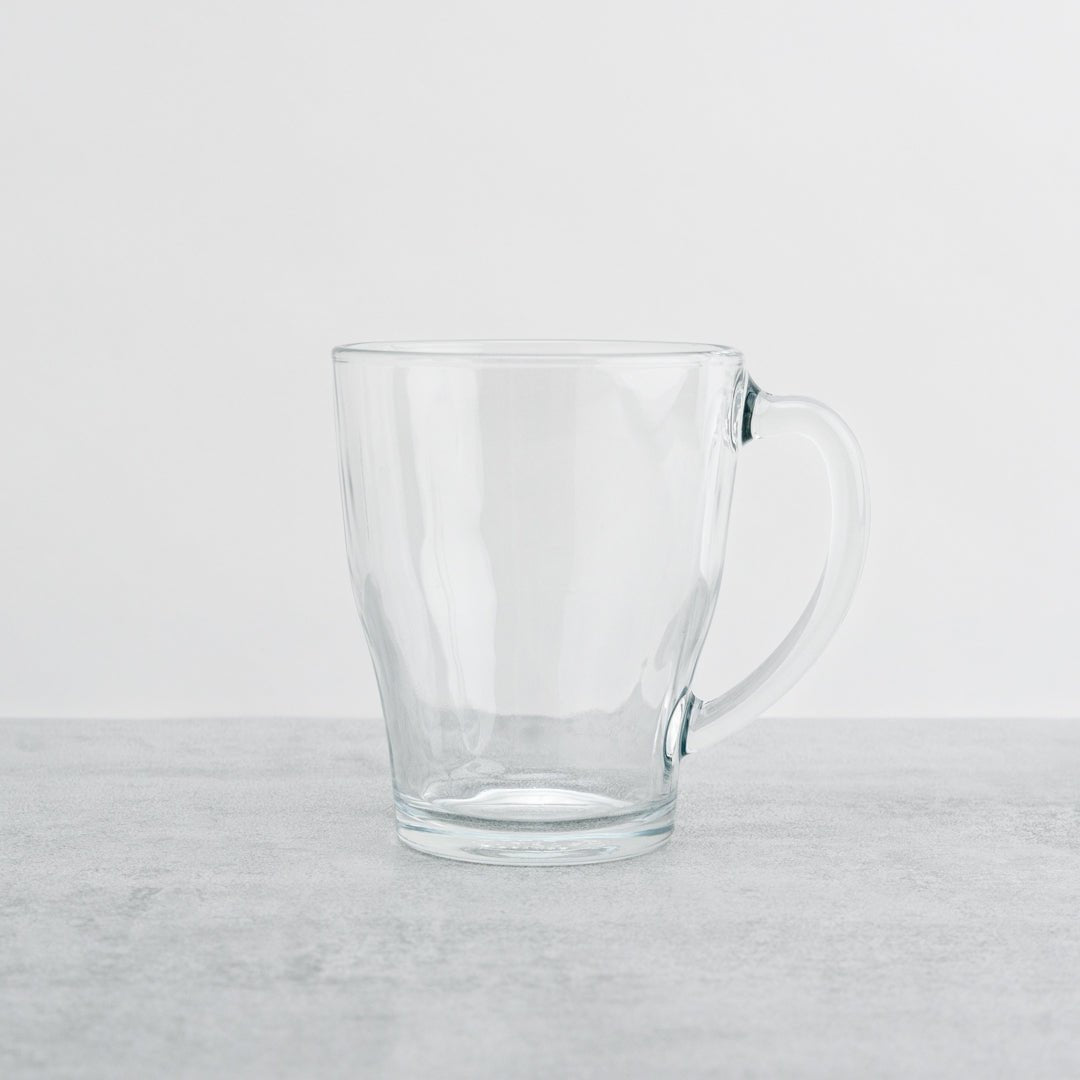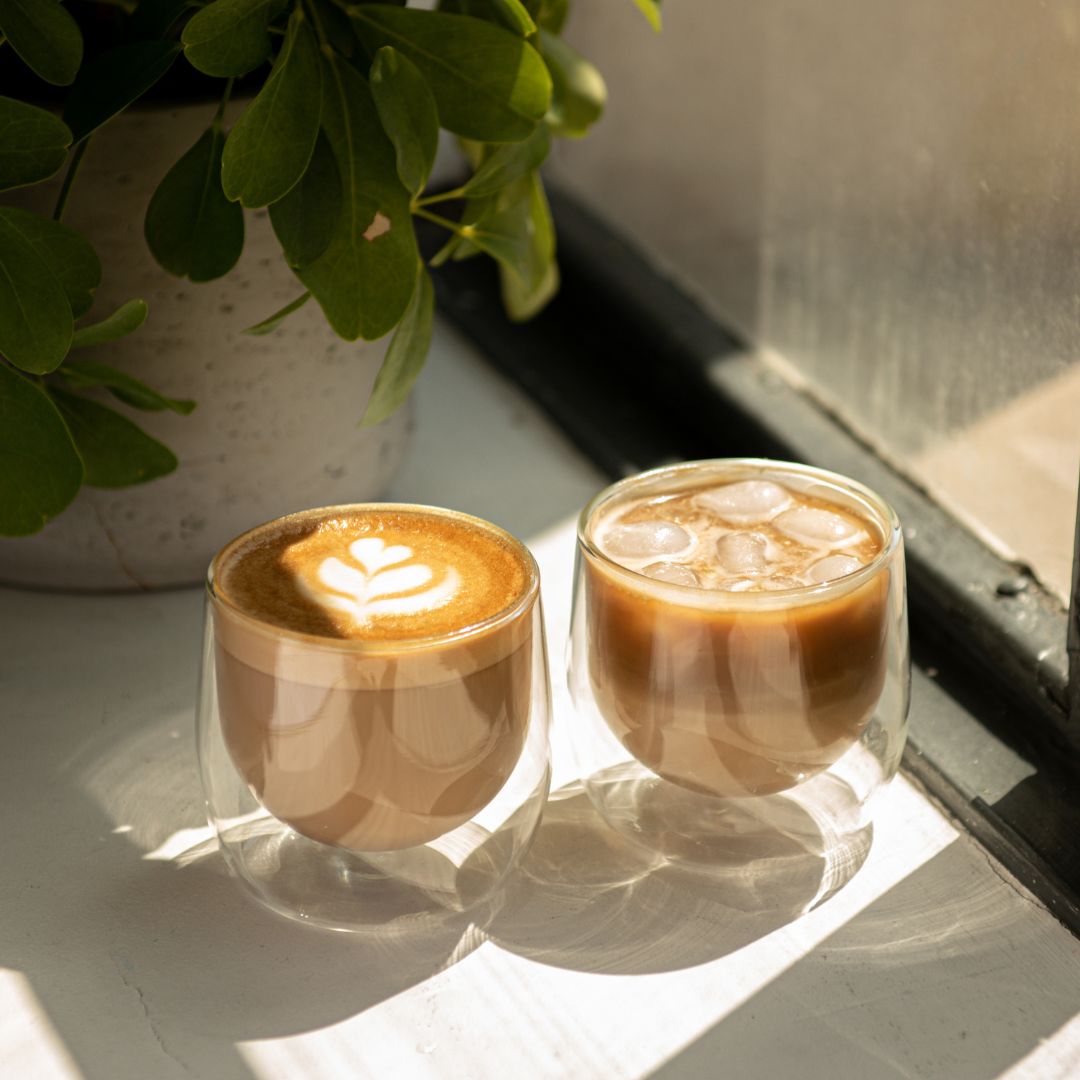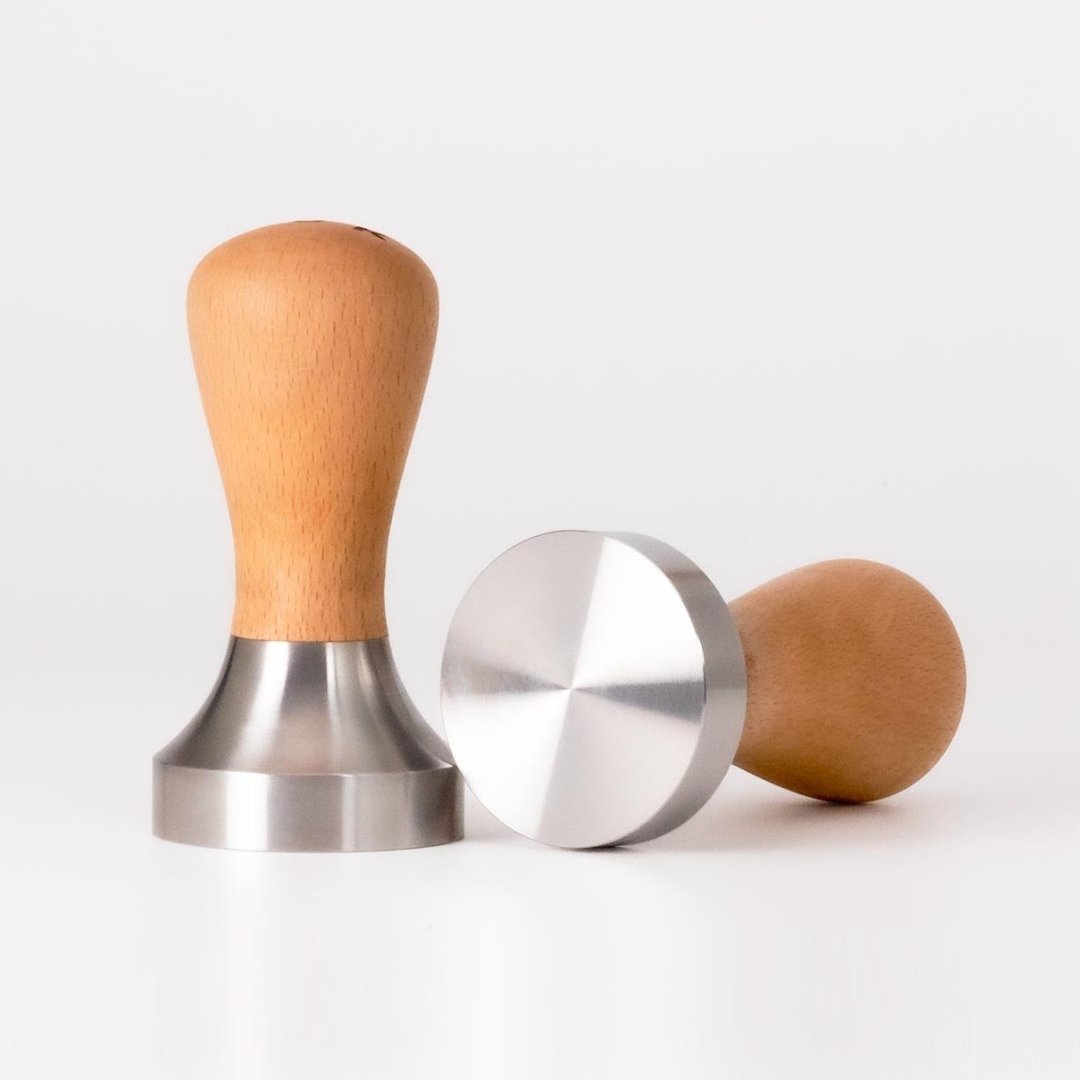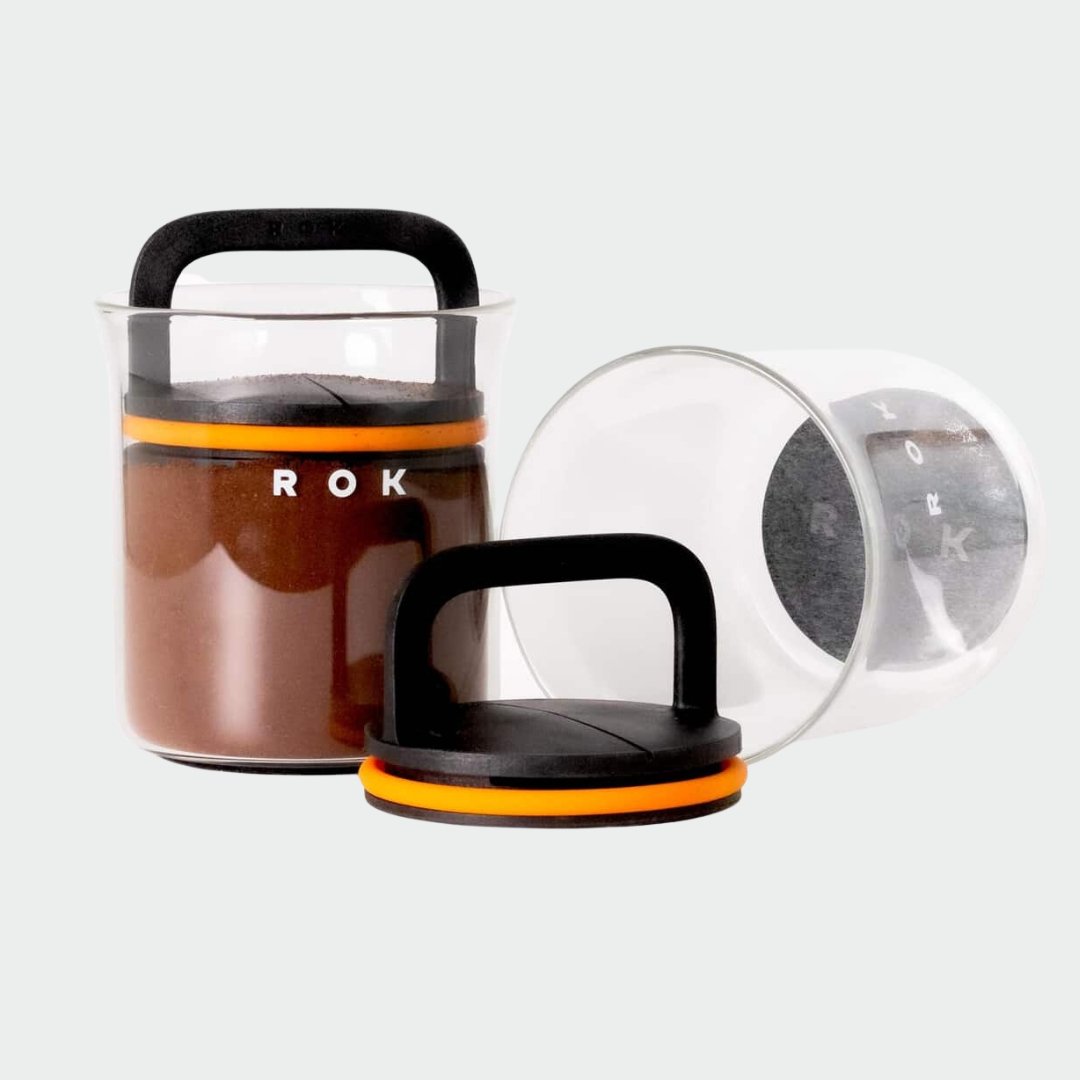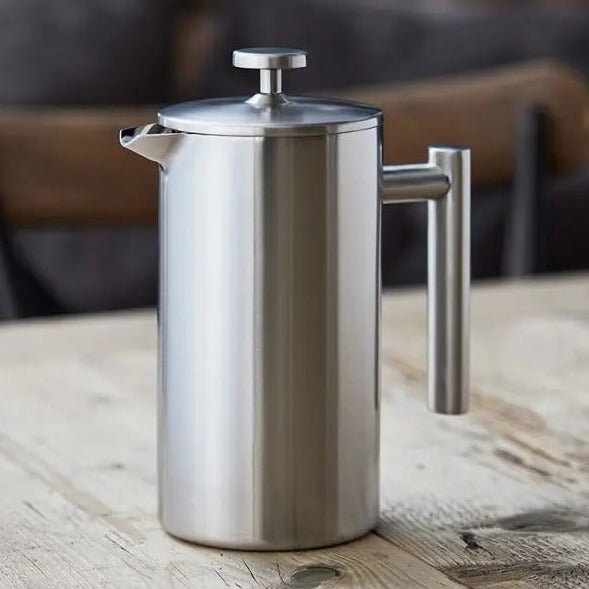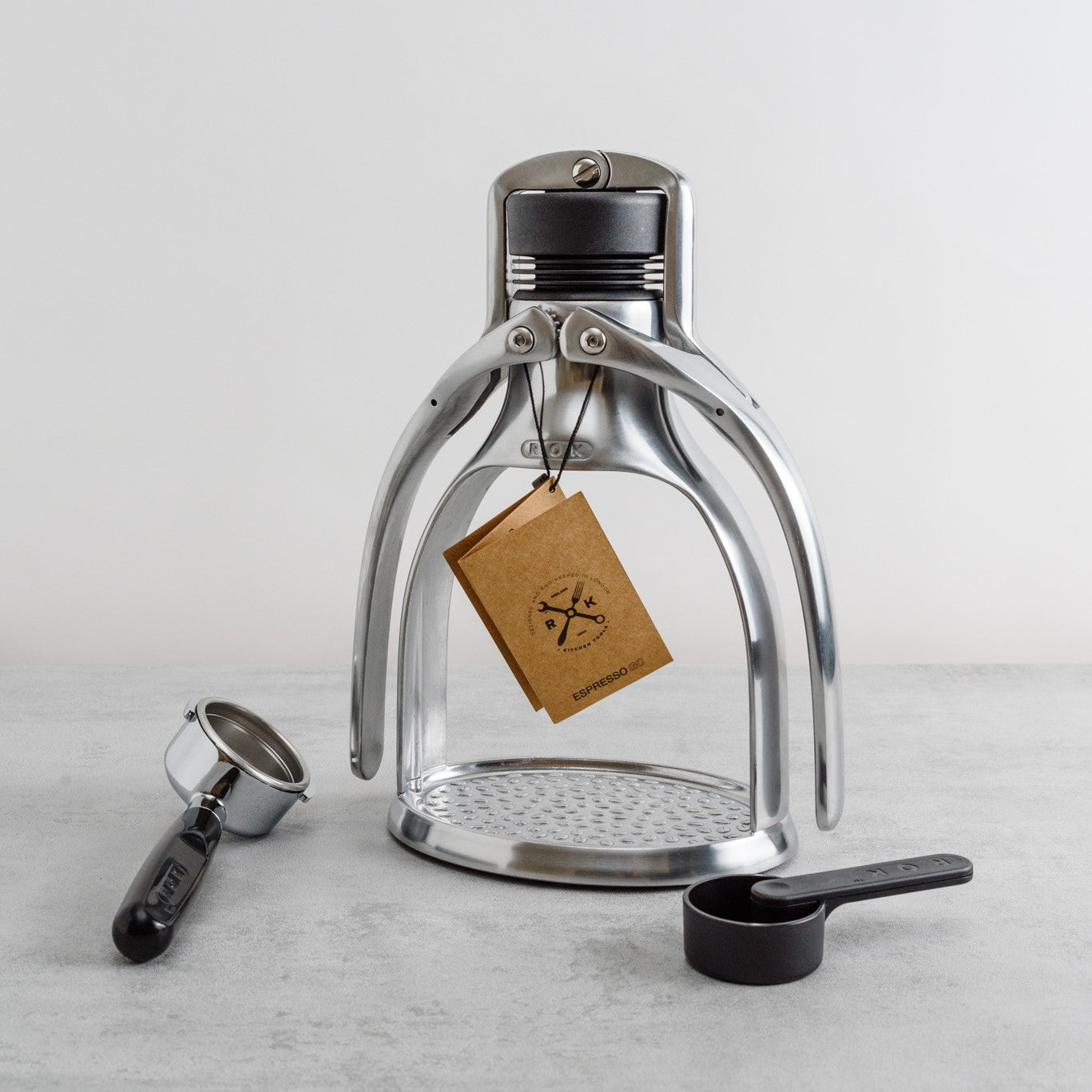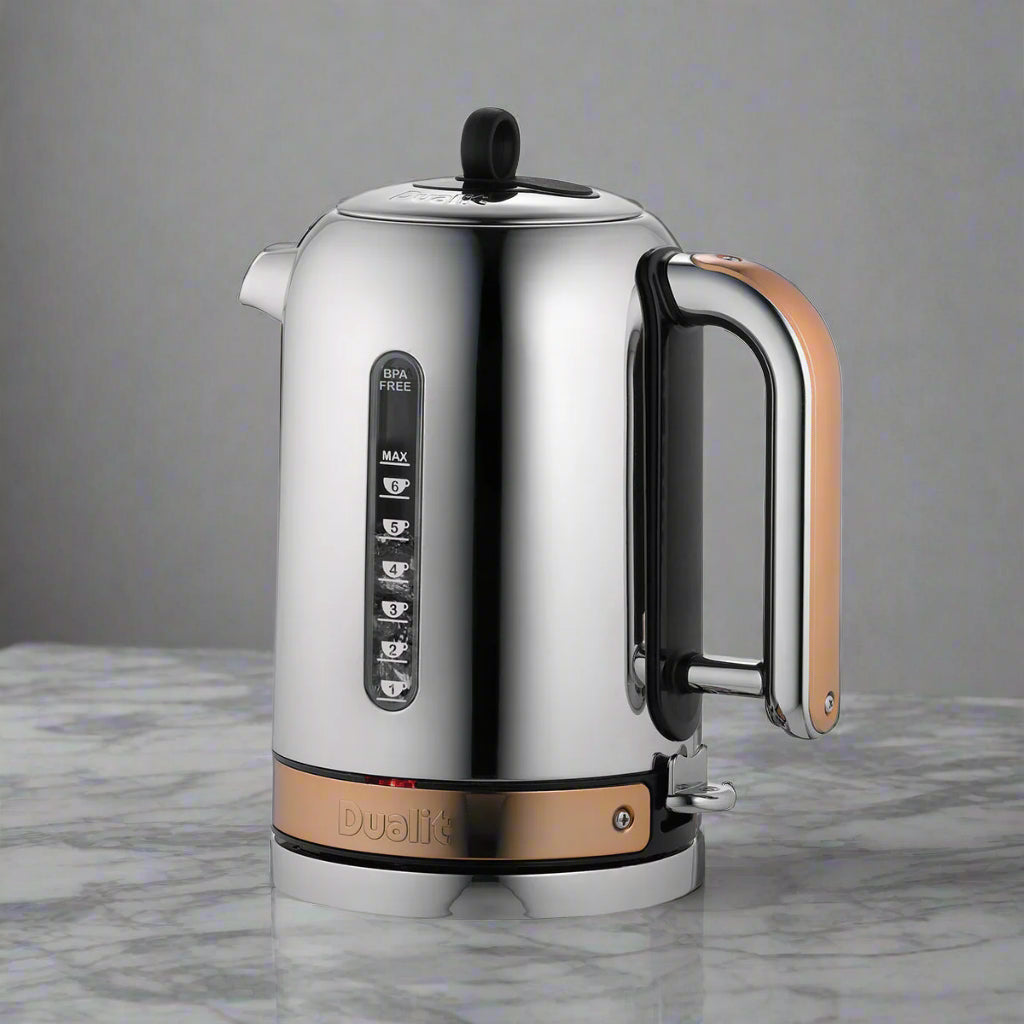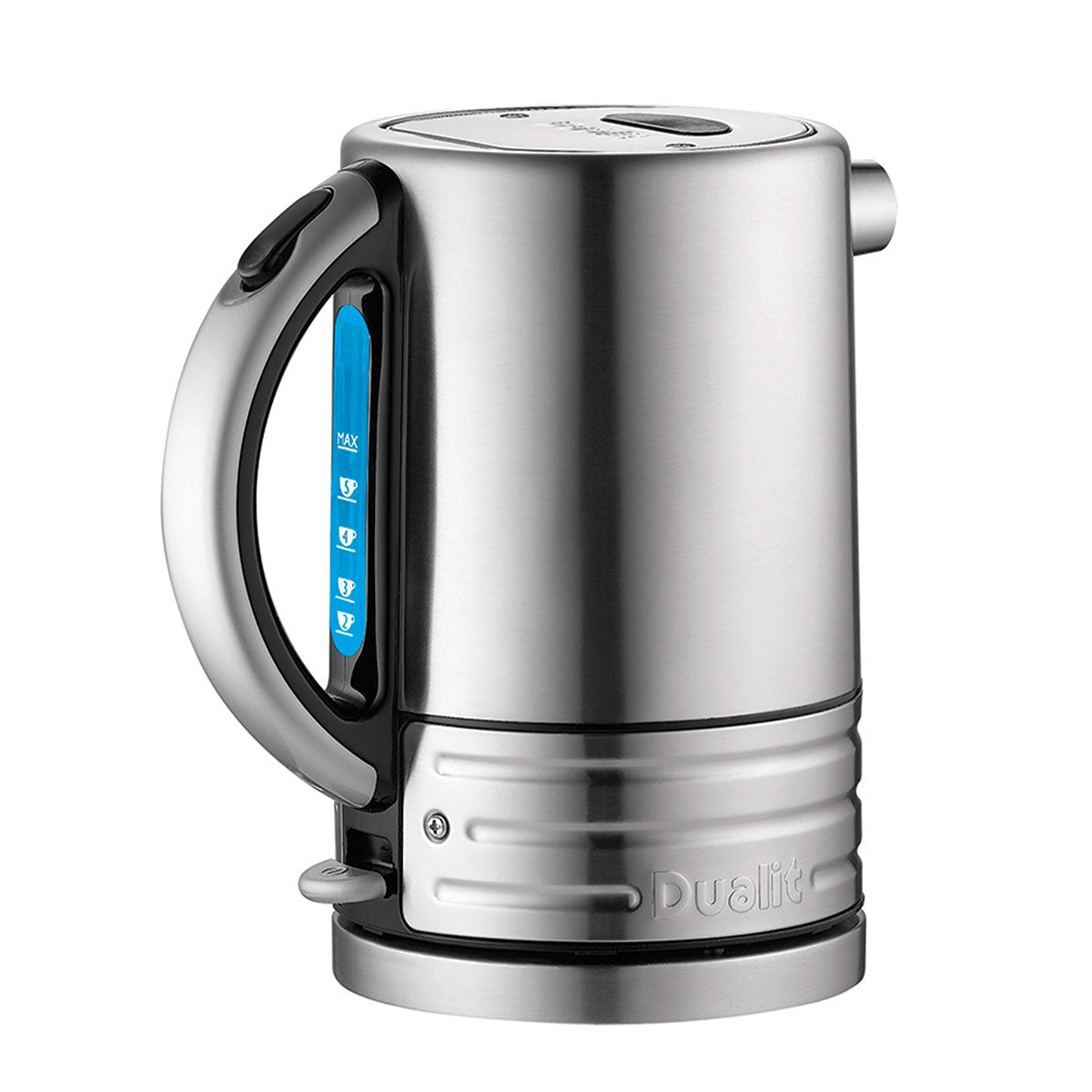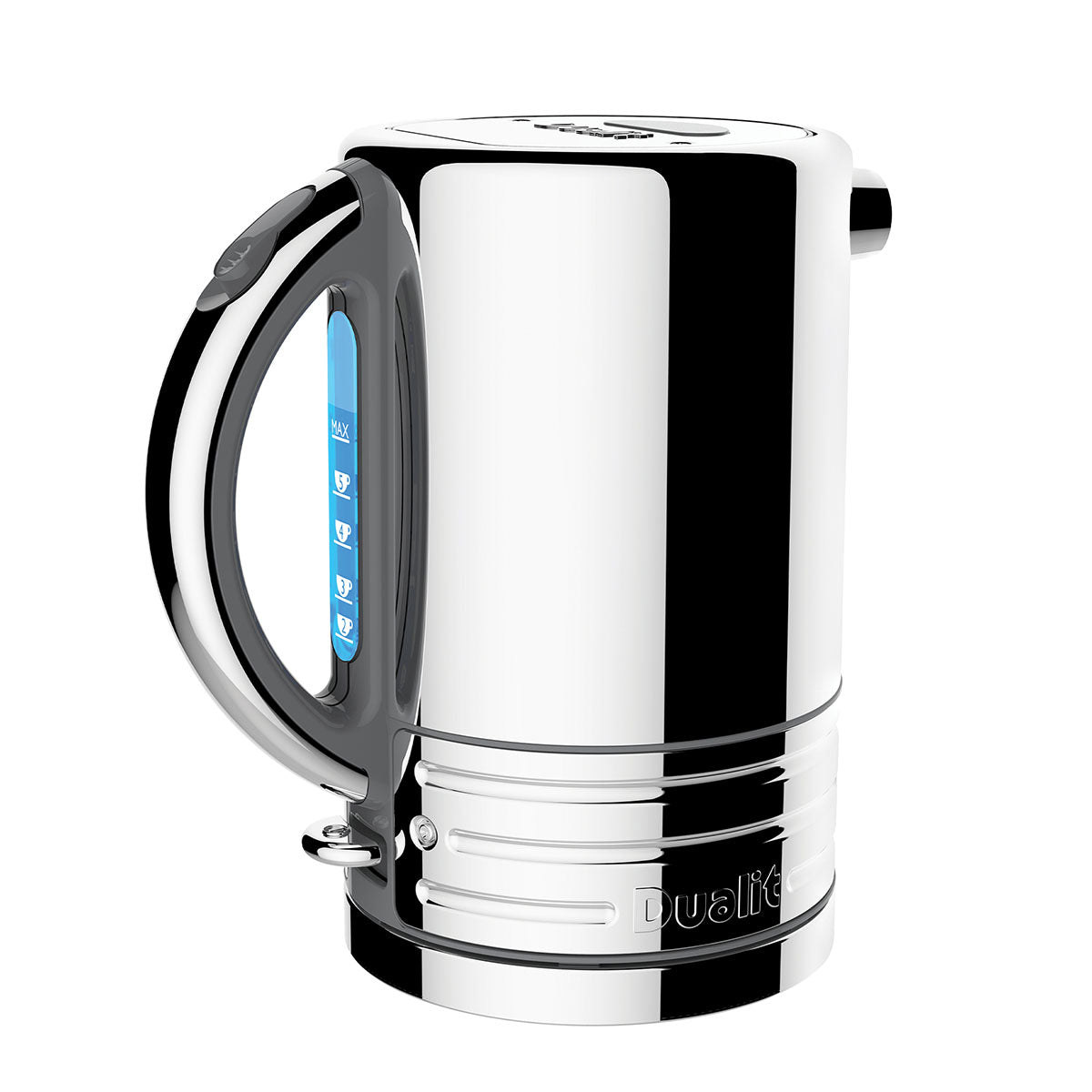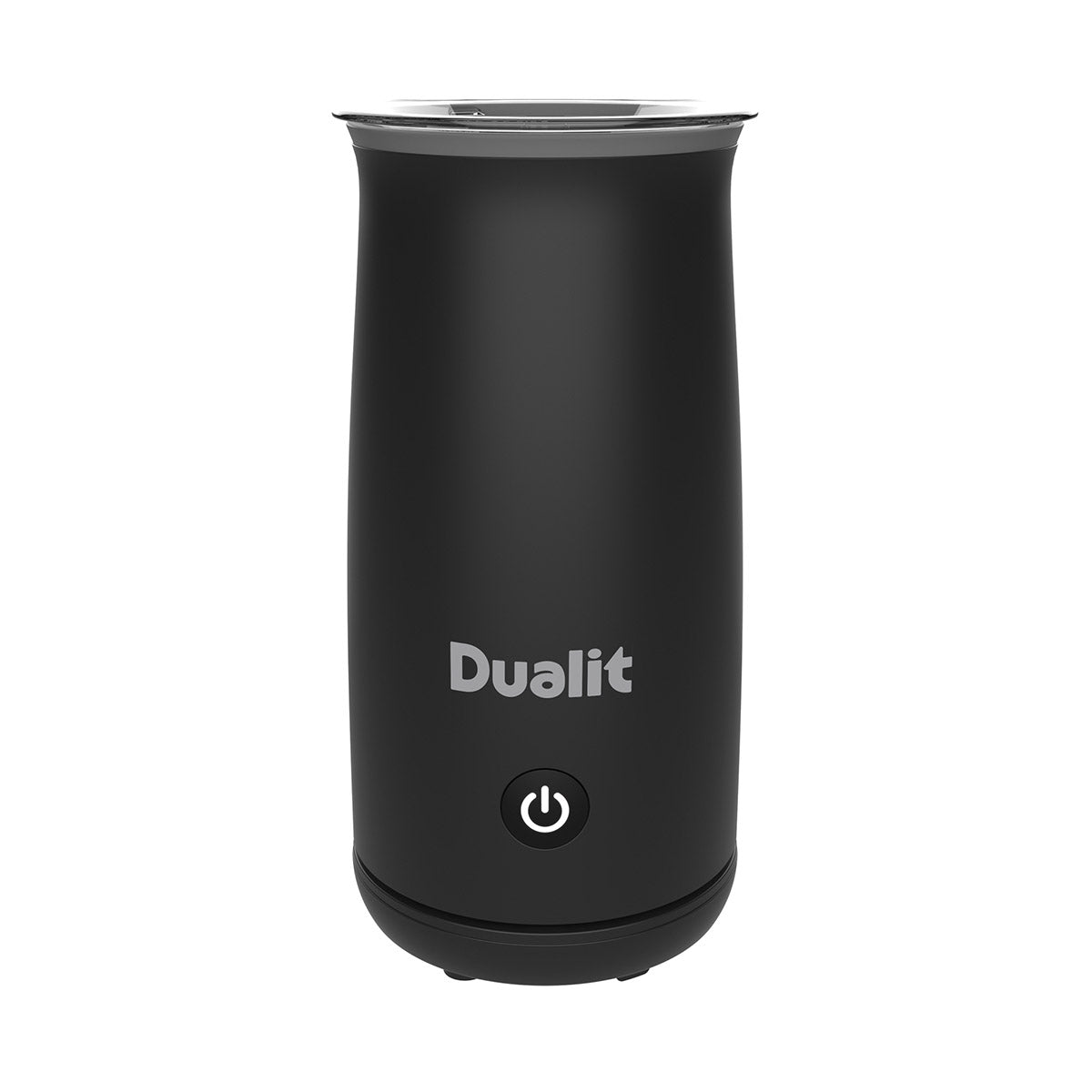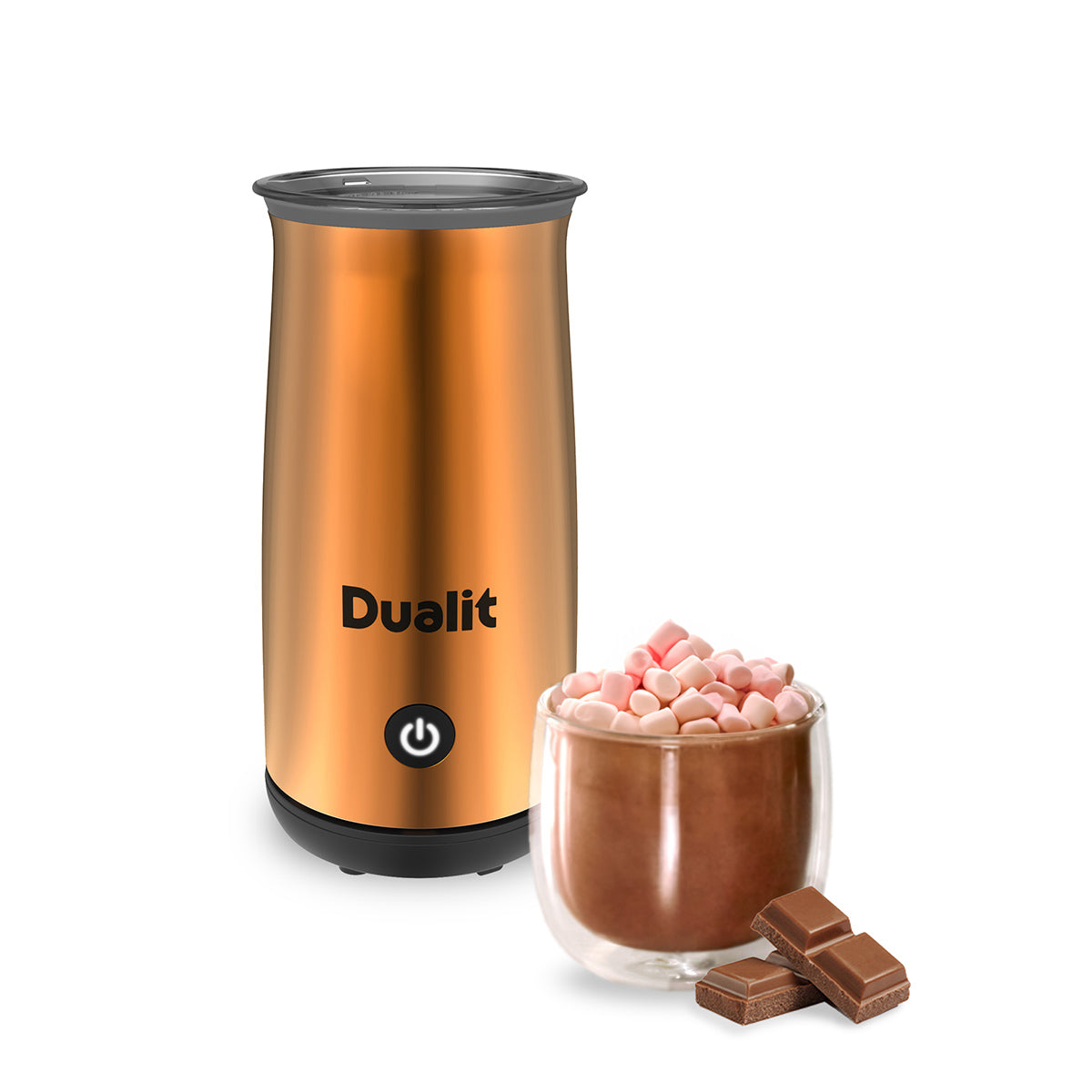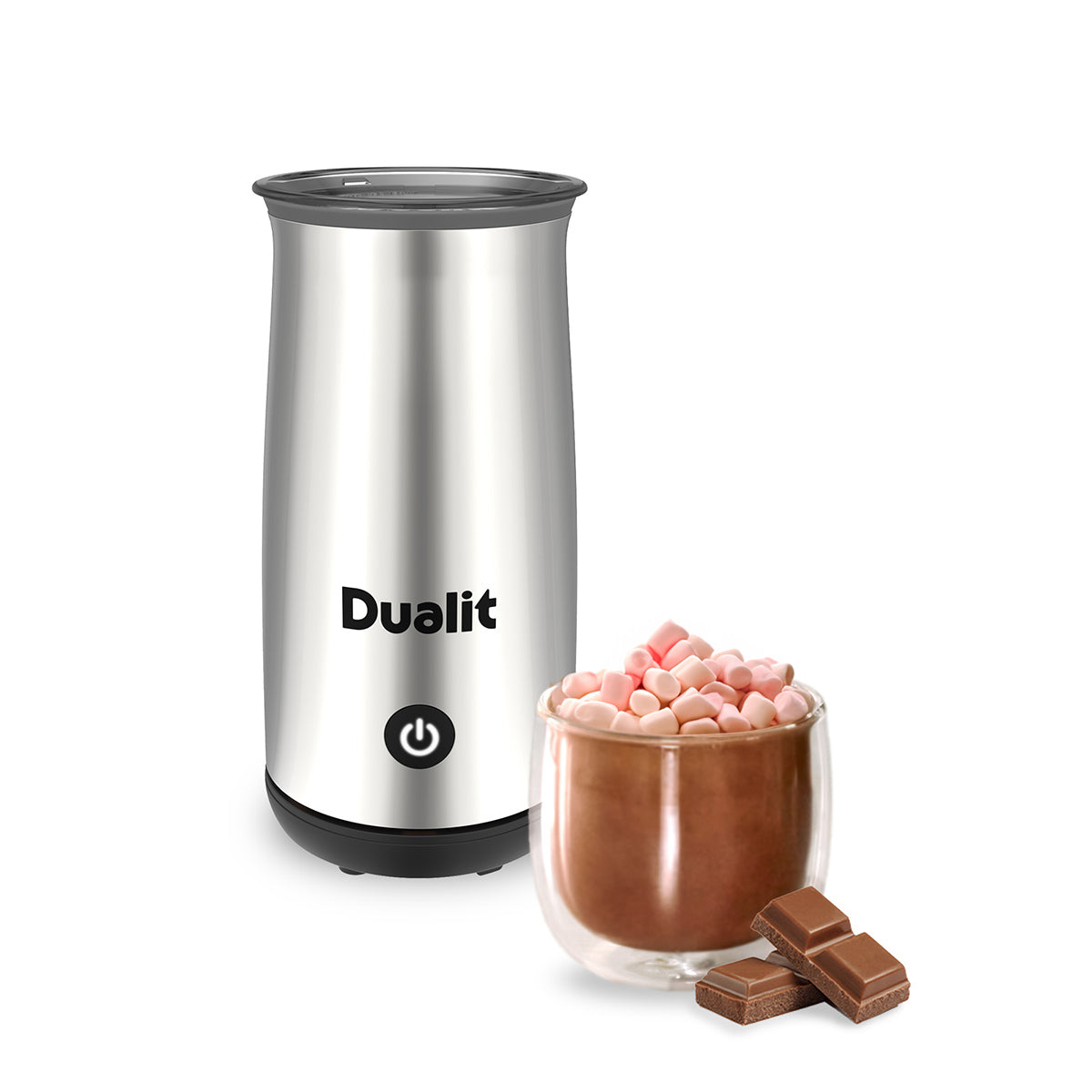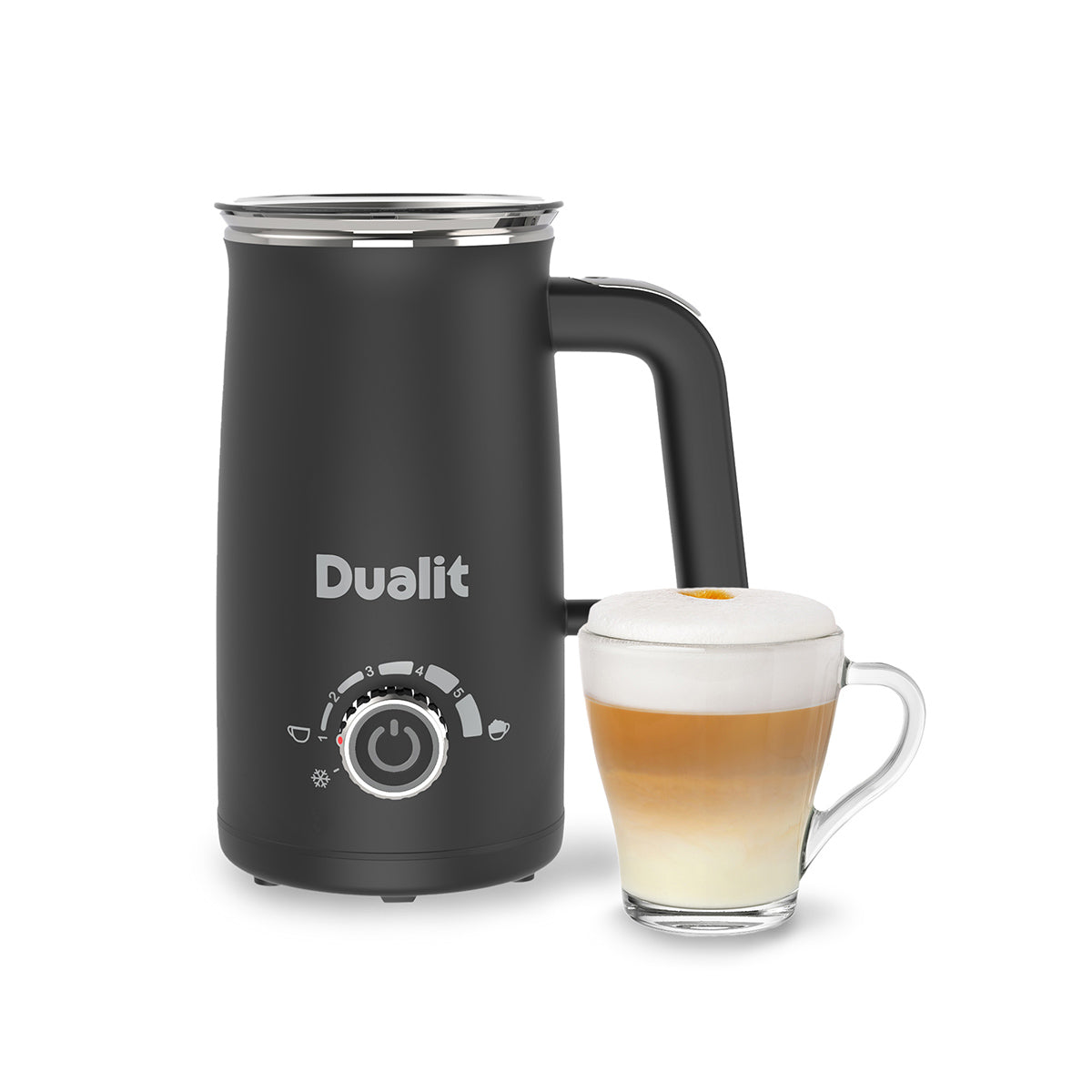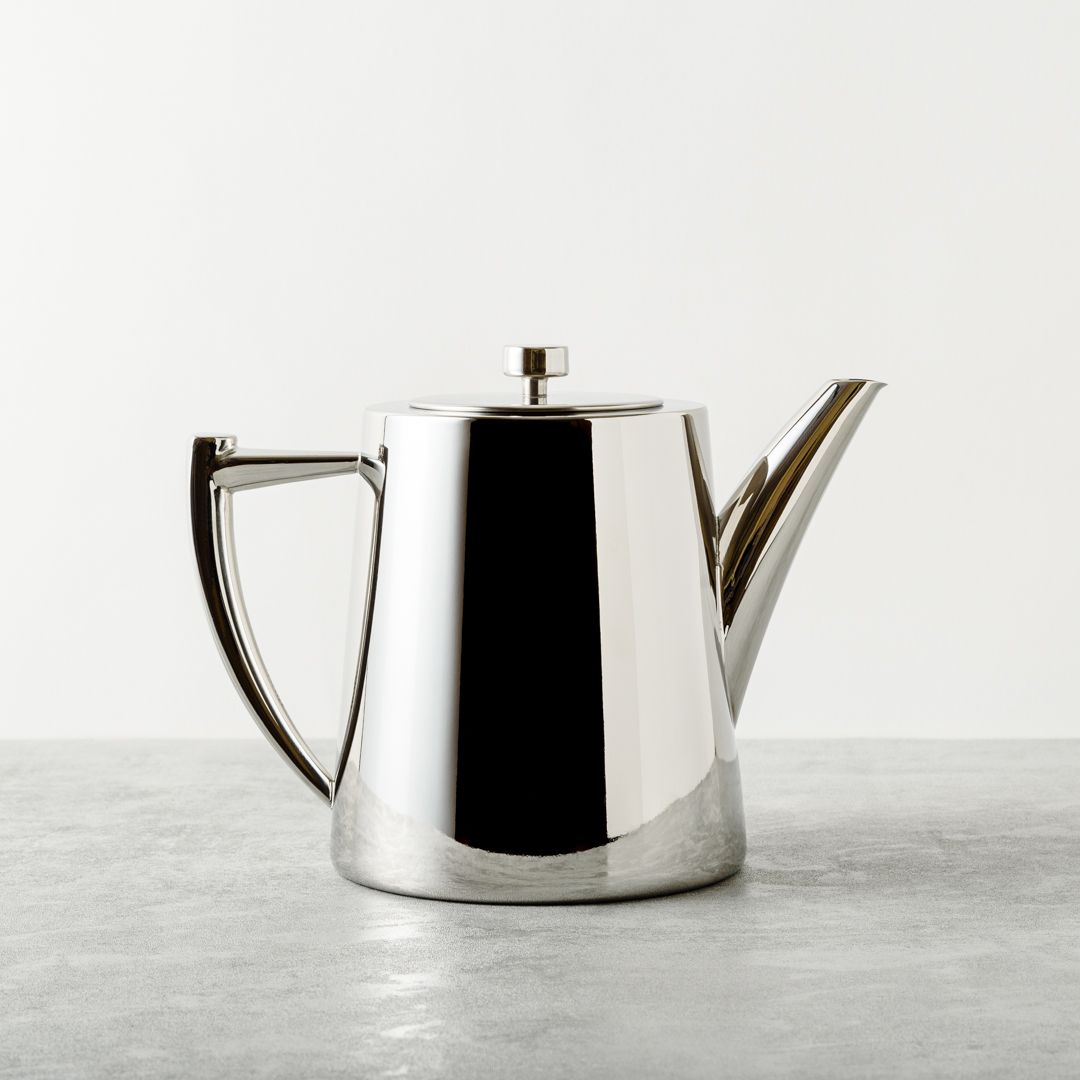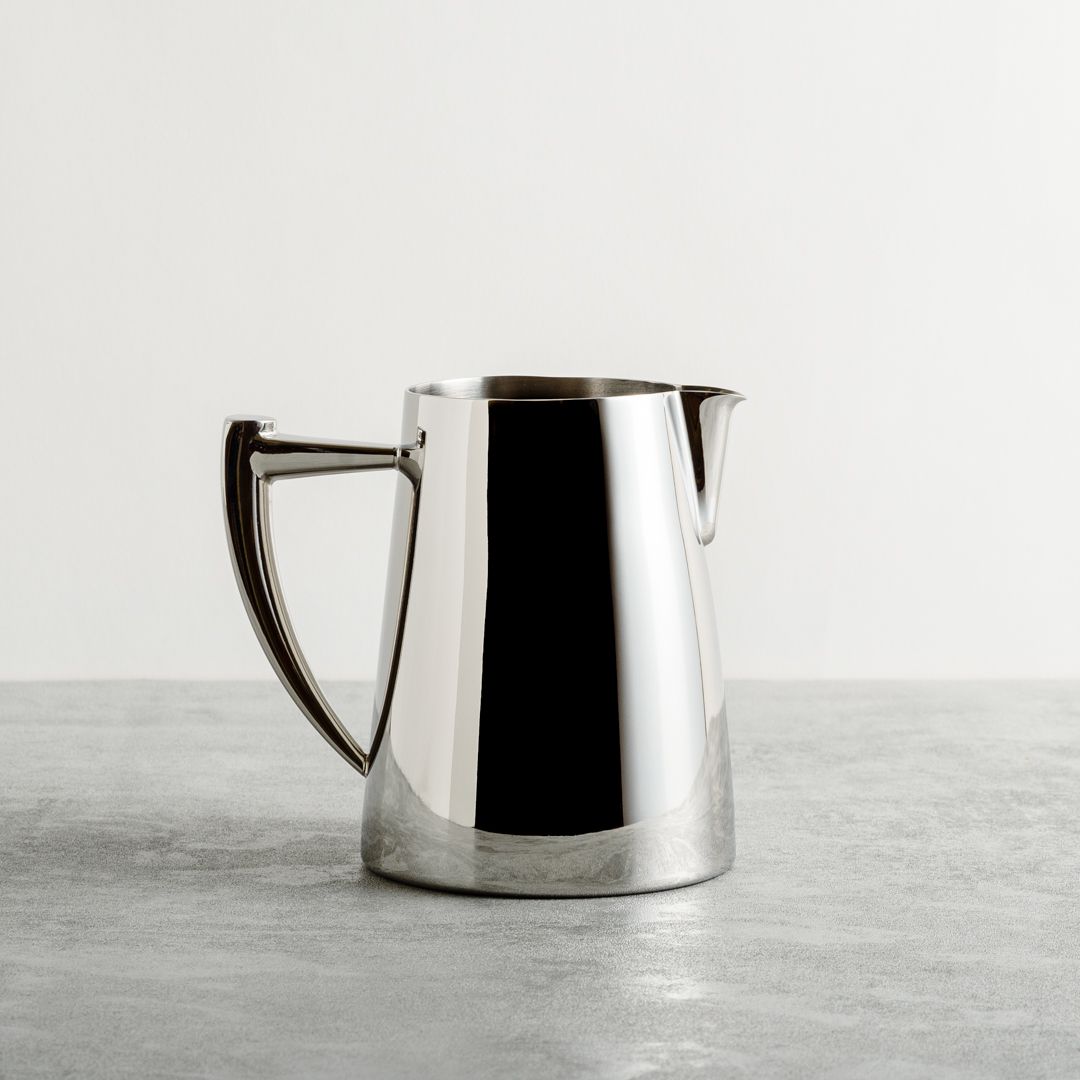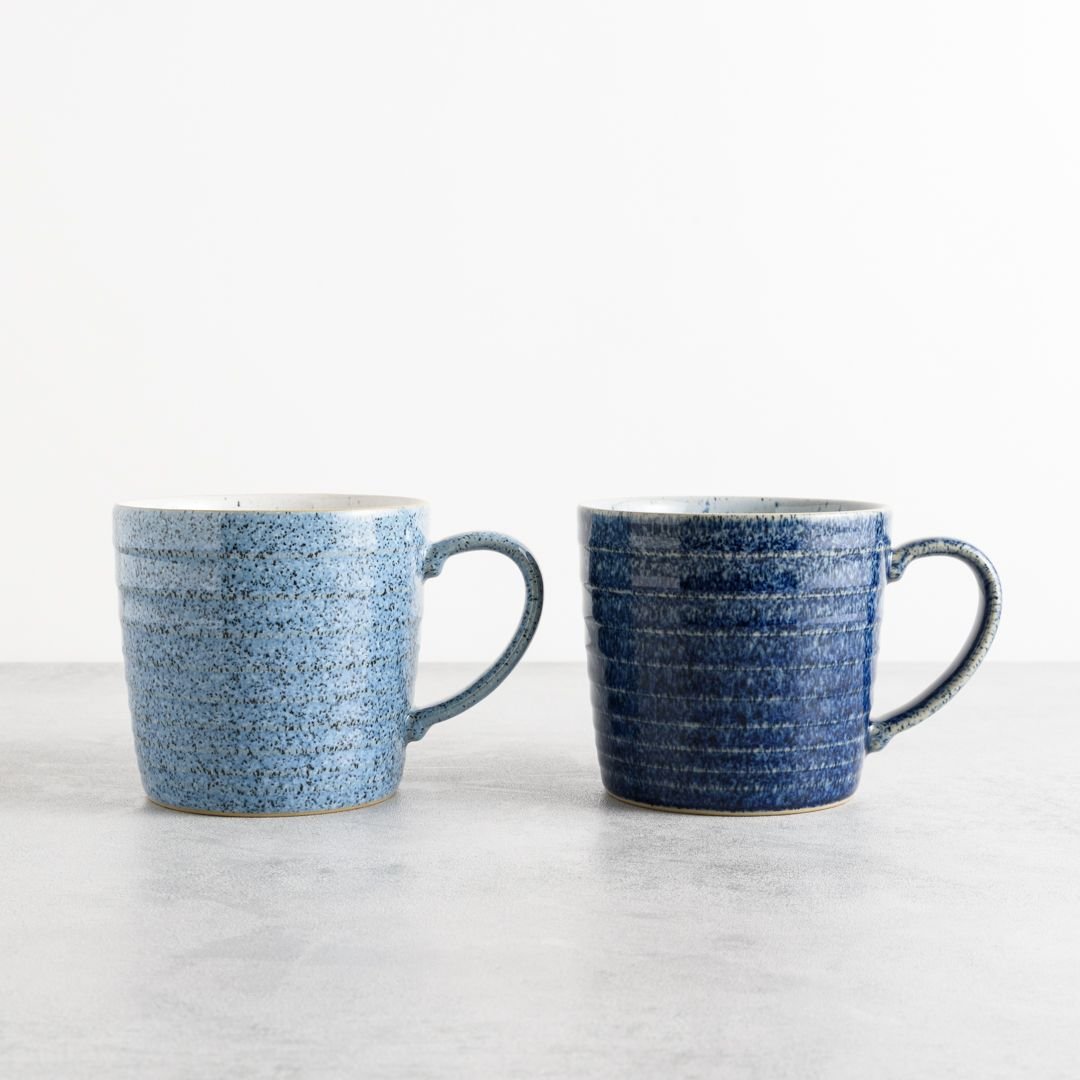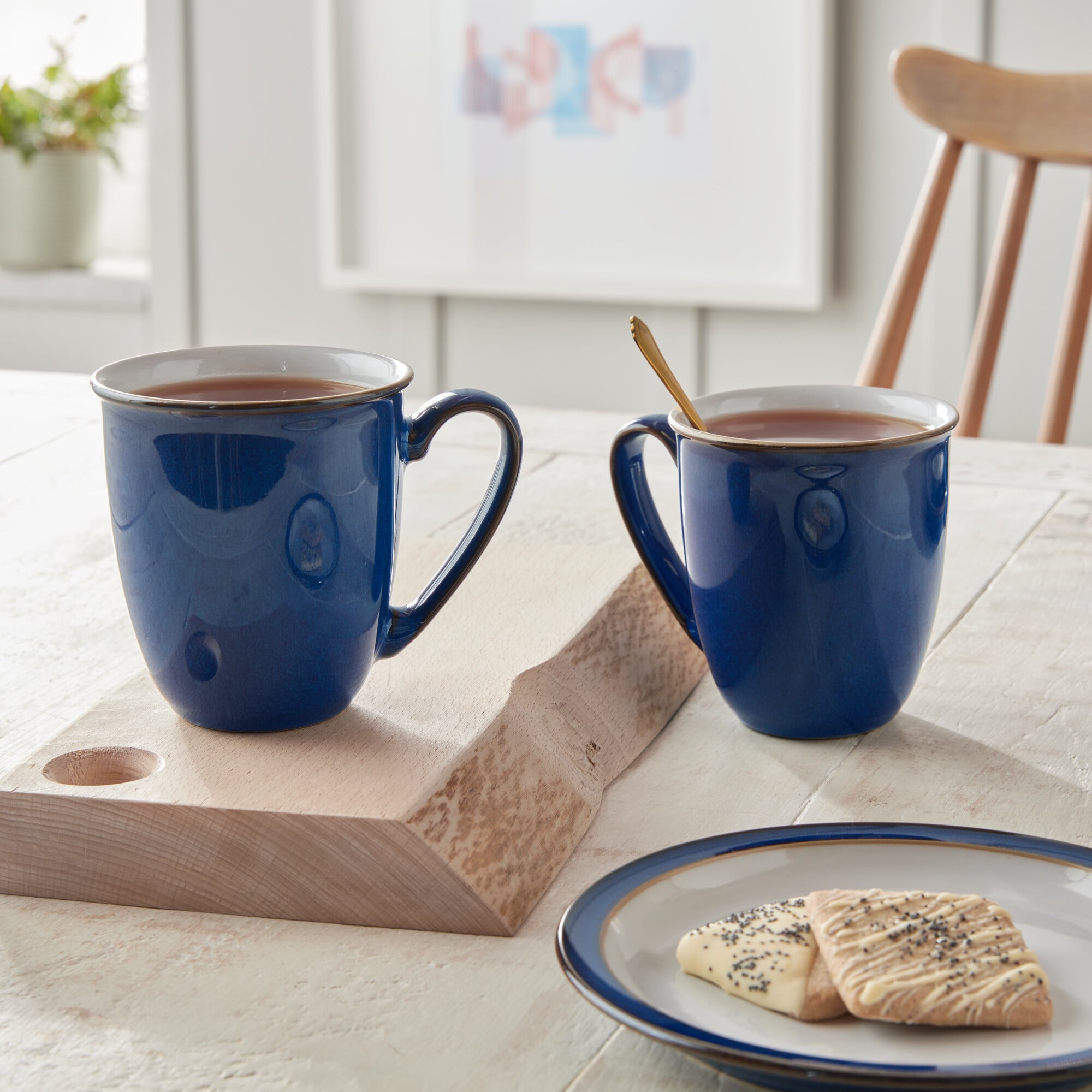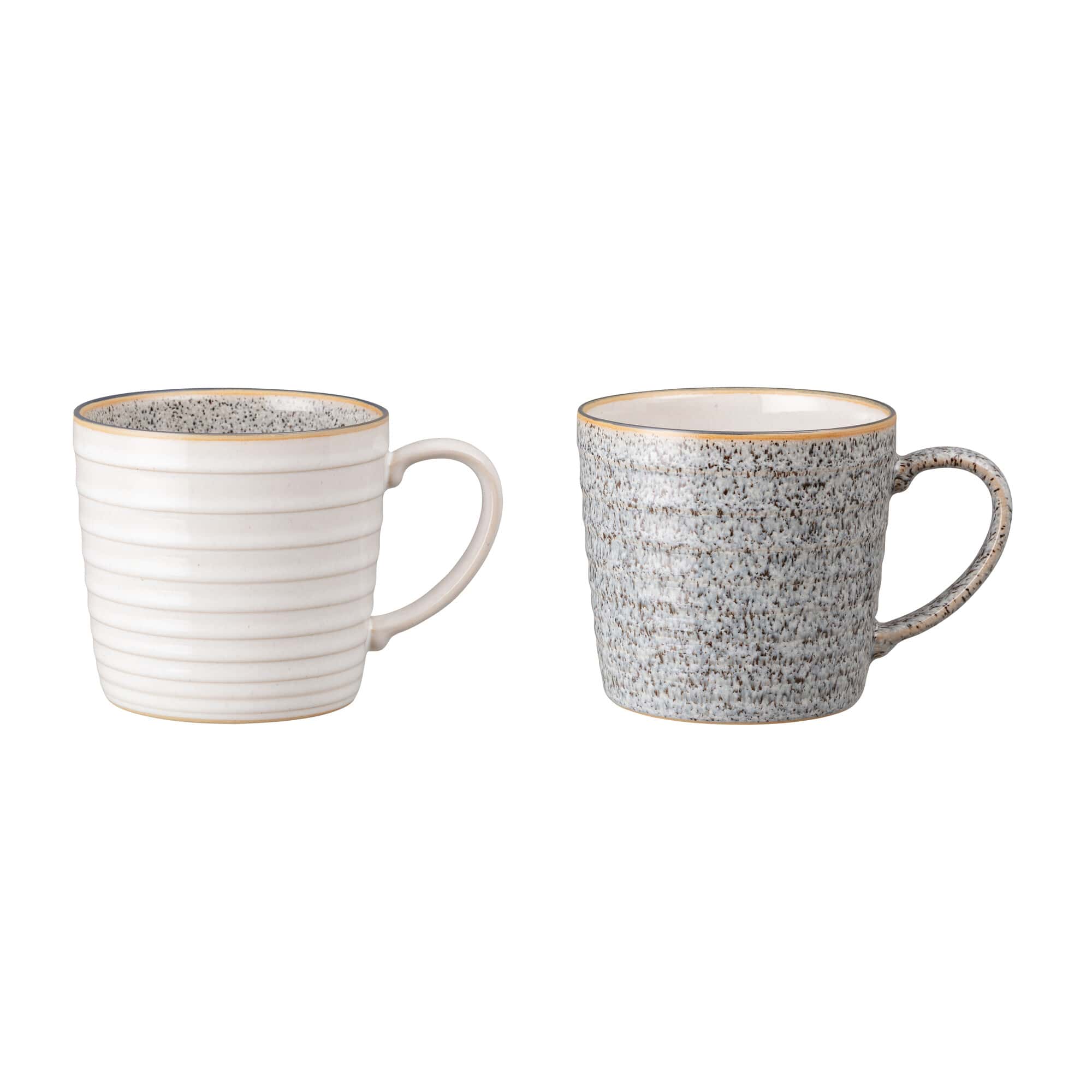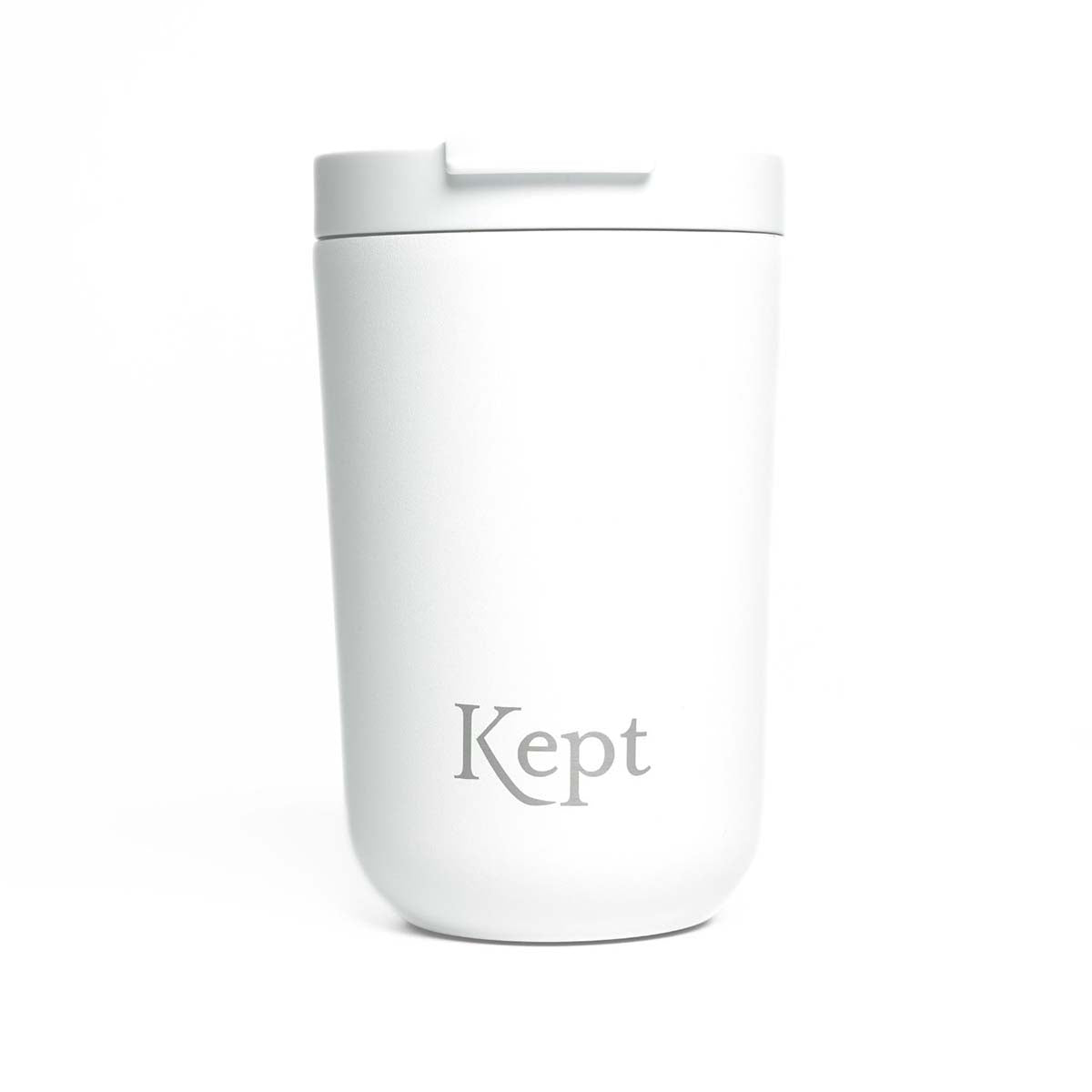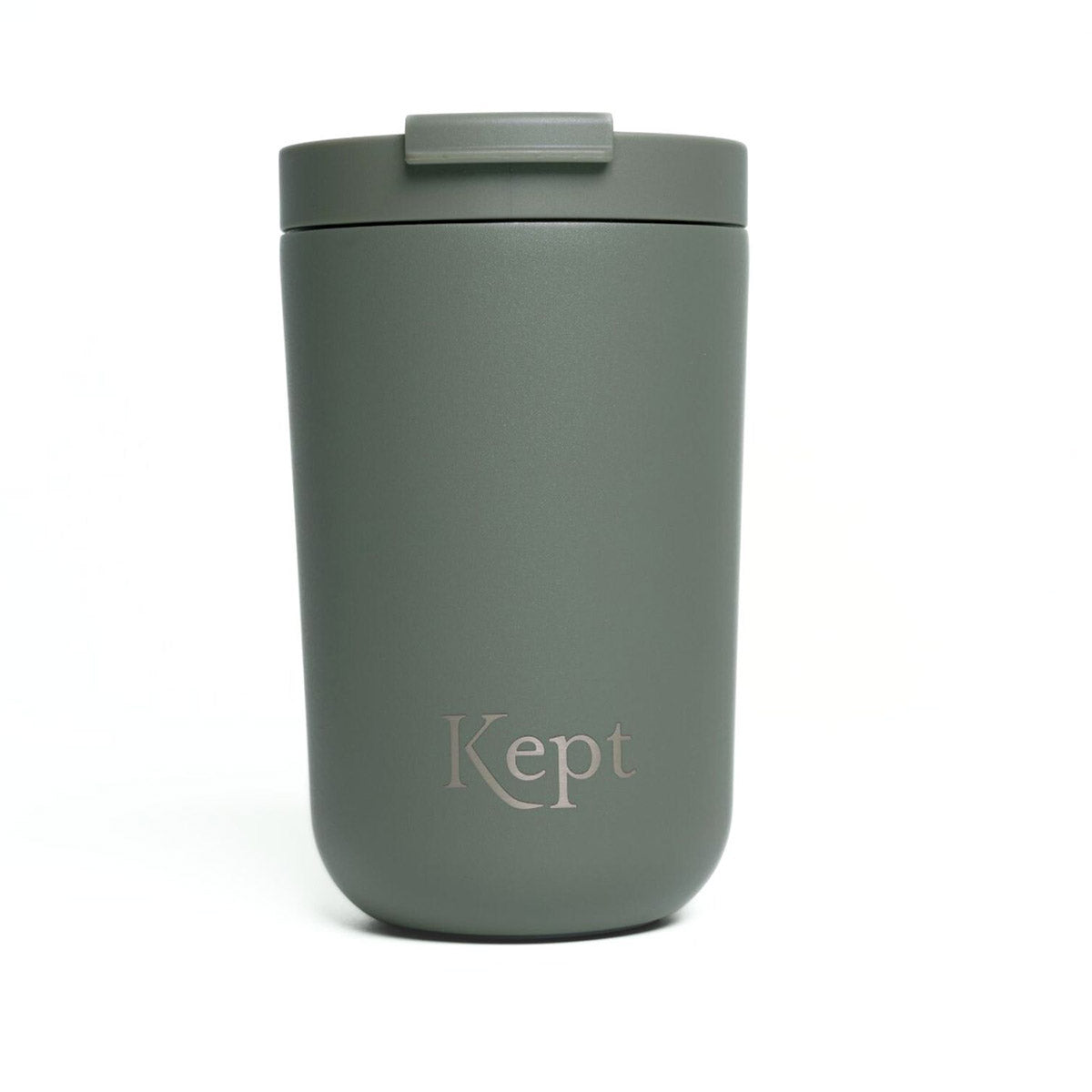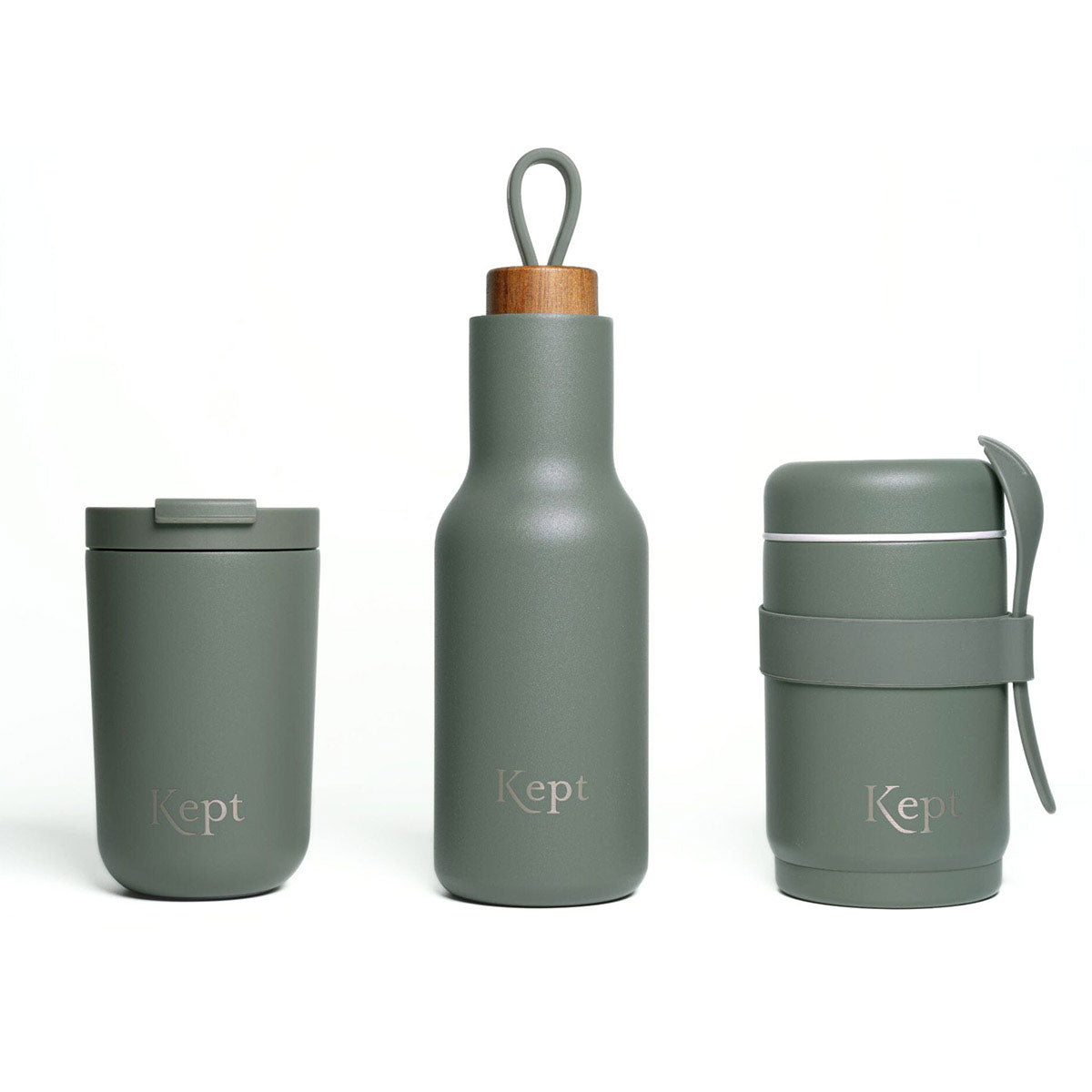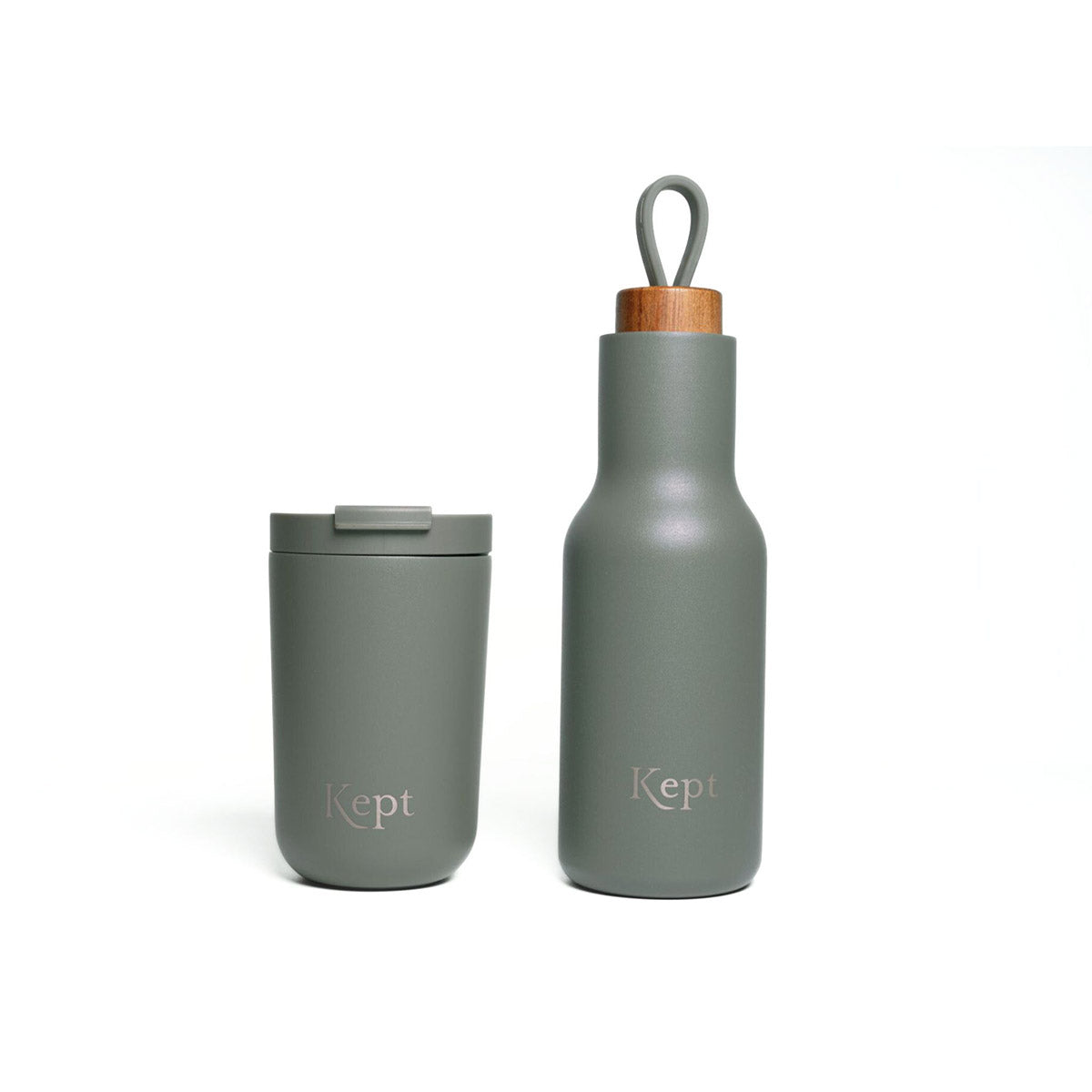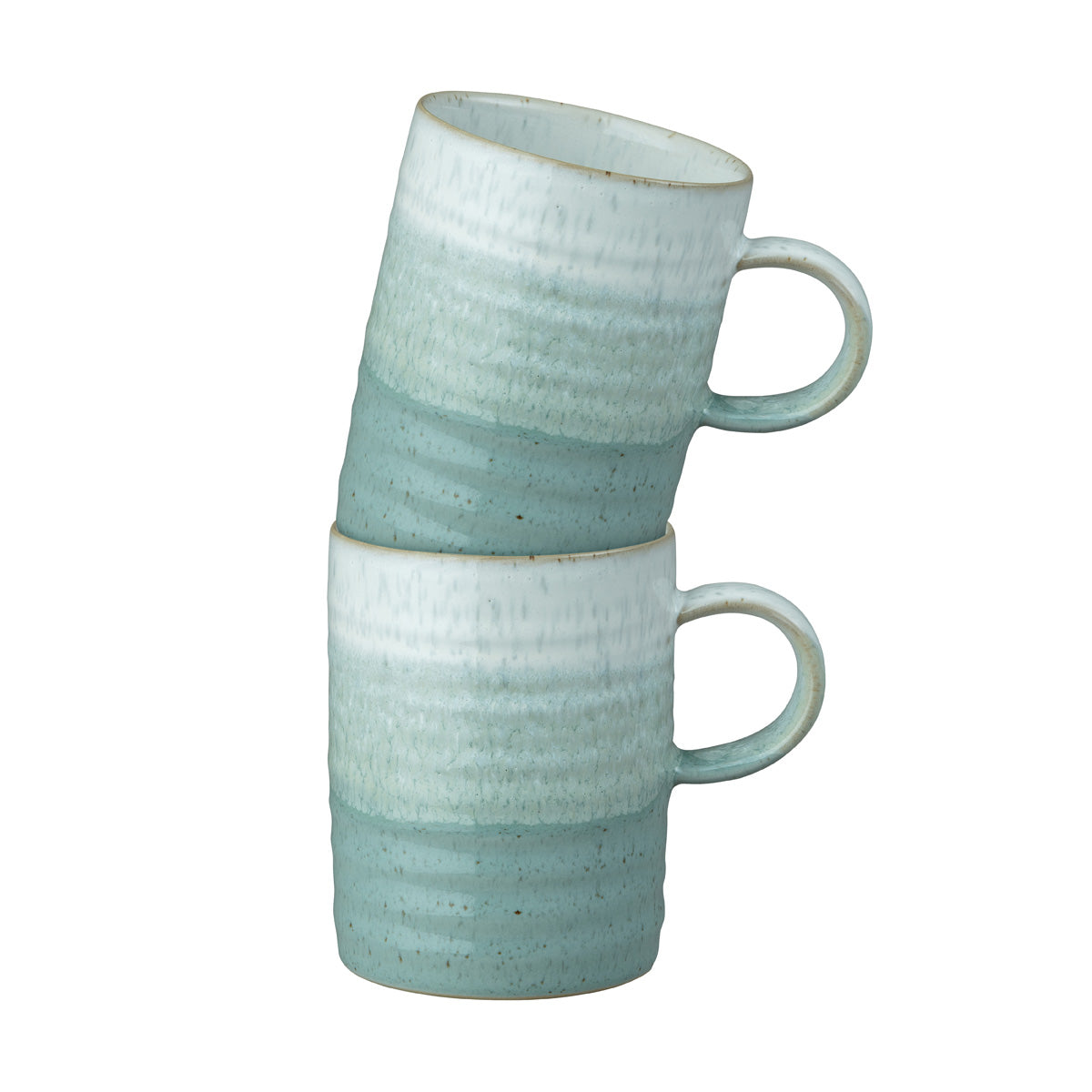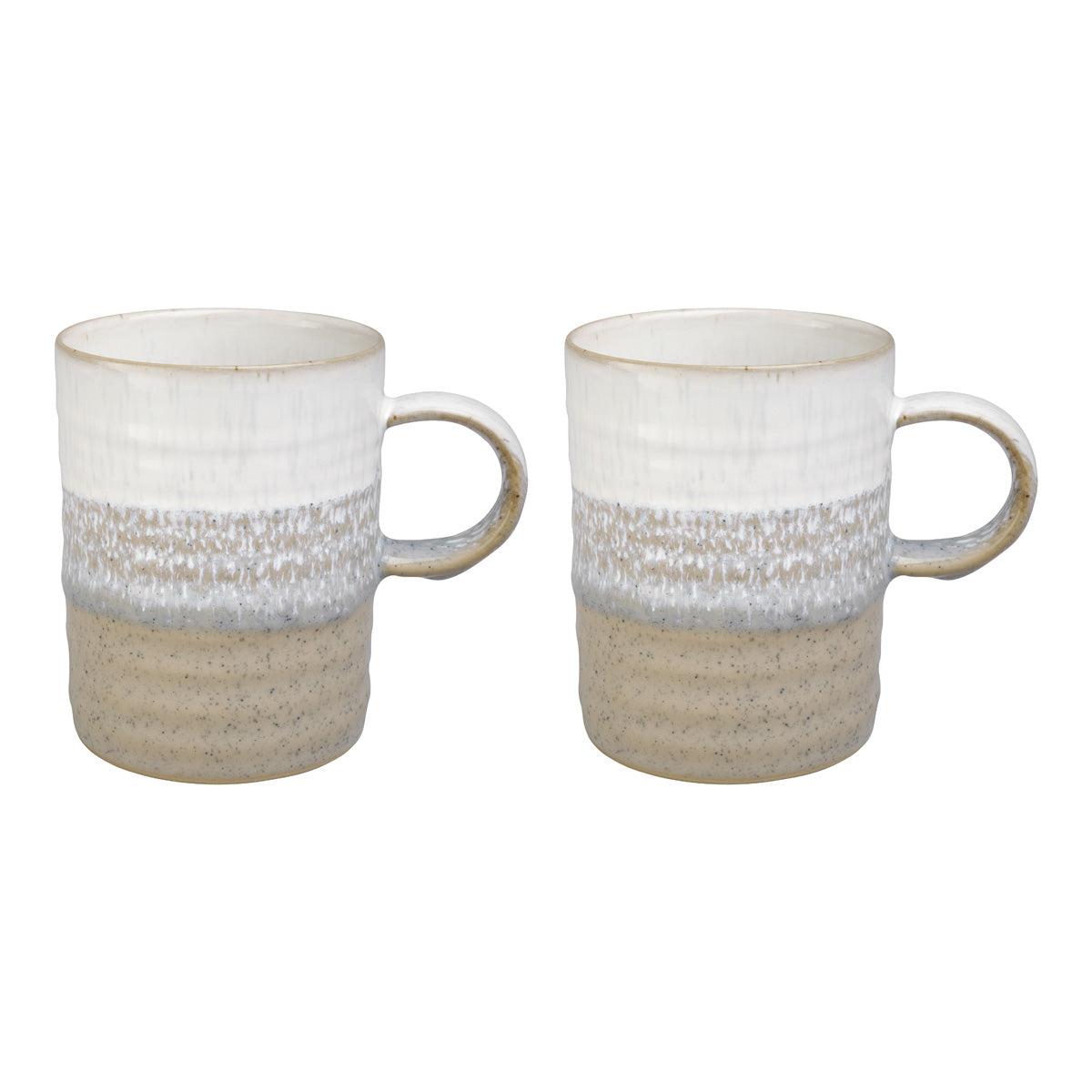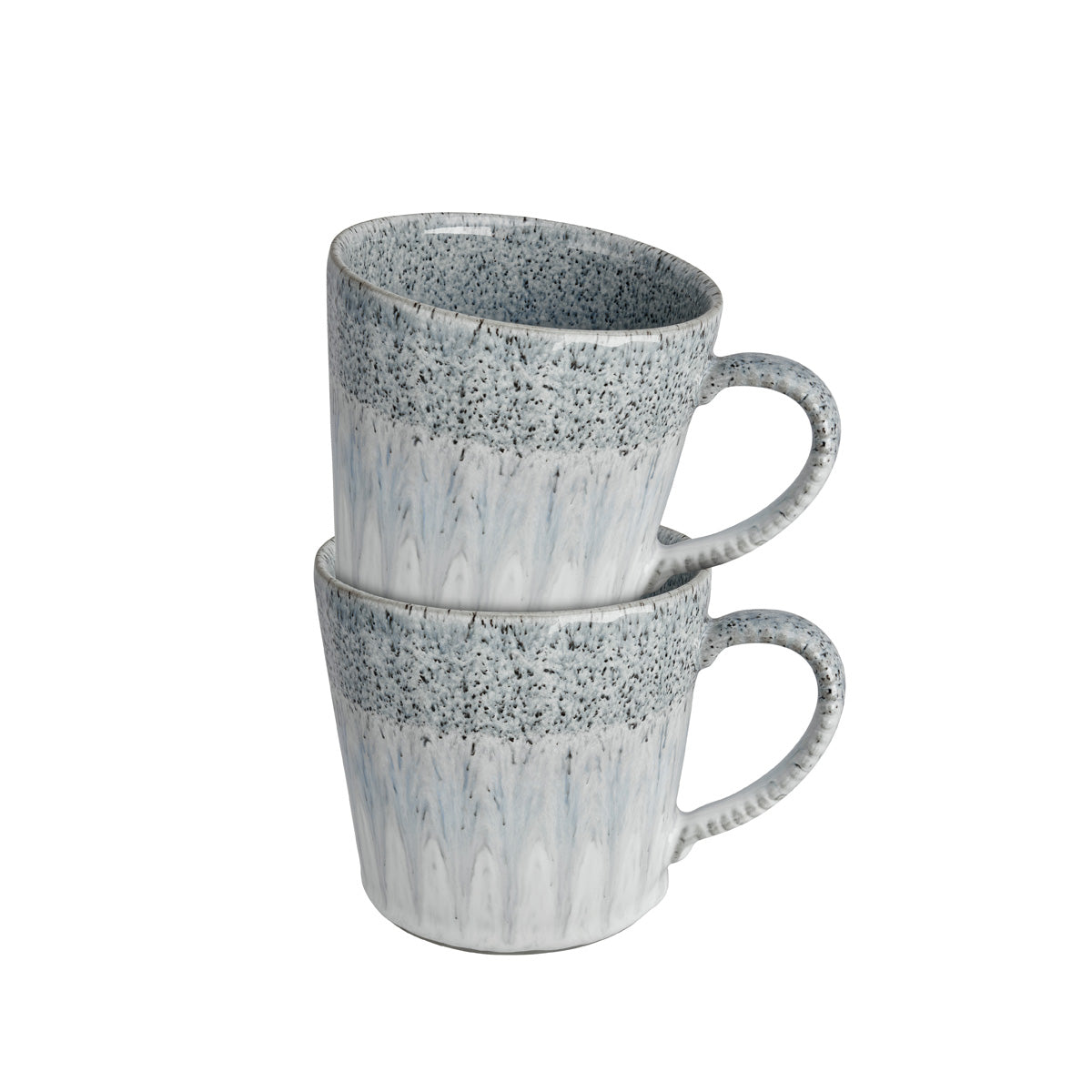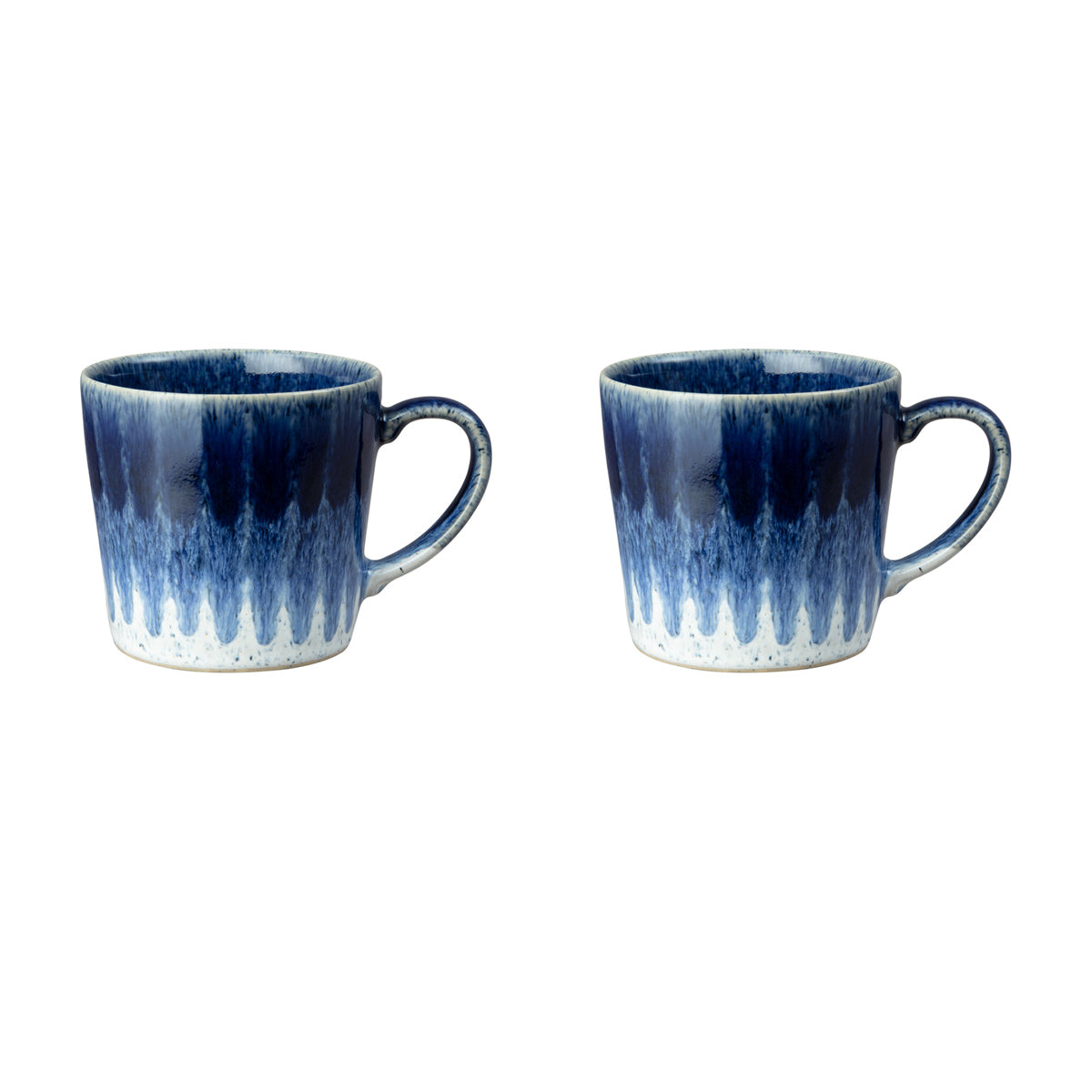Coffee Making
Well-made coffee gear that lasts, and keeps your mornings calmer. This collection of home brewing equipment is built to feel good in your hands and work reliably, day in, day out. From sturdy hand grinders to classic French presses and chip-resistant mugs, every piece is picked for its practicality, not passing trends. Brew better coffee with tools you’ll want to keep using.
FAQs about Coffee Making Equipment
What are the longest-lasting coffee makers for home use?
The longest-lasting coffee makers for home use are usually manual brewers made from sturdy materials like stainless steel, borosilicate glass, or ceramic. With no electrics to malfunction, French presses, moka pots and pour-over drippers are brilliantly low-maintenance and hard-wearing. Many come with lifetime guarantees or easy-to-find spare parts. Look for quality builds from trusted brands - some even offer free repairs or replacements. They’re simple to use, easy to clean, and brew delicious coffee for decades. Here's how we research and select our long-lasting products.
How do French press and stovetop brewers actually work?
French press and stovetop brewers use manual brewing methods to extract deep, full-flavoured coffee. A French press steeps coarse coffee in hot water, then filters using a metal mesh plunger - bringing out bolder oils and body. A stovetop (moka) pot forces steam pressure through coffee grounds into a top chamber, producing a rich, espresso-like brew. No plugs, no fuss, just simple engineering that lasts for years. Ideal if you fancy a morning ritual without the hum of a machine.
Can you use the same coffee maker for tea or hot chocolate?
Yes, the same coffee maker can be used for tea or hot chocolate, especially a French press. Pop in loose tea leaves, steep, plunge and pour - easy-peasy. For hot chocolate, use the press to froth warm milk and mix in cocoa powder. Just give everything a good clean afterwards to avoid flavour crossovers (unless you like your hot choc with a hint of espresso). Glass and stainless steel models tend to clean up best and don’t hold onto smells.
How do I clean and maintain my coffee equipment for life-long use?
To keep your coffee equipment in life-long use, rinse it regularly with warm water and use a soft brush to clear away oils. For a deeper clean, a little vinegar or bicarbonate of soda does wonders. Steer clear of dishwashers unless your brewer says it’s safe - it can warp seals or crack handles. Replace gaskets and filters when needed. With gentle care, durable materials like glass and steel will serve you for decades. More tips? See our Product Care and Repair hub.
Why invest in manual brewers over electric coffee machines?
Manual brewers are often the most reliable and durable coffee makers you can own. They have no fussy electronics to fail and are made from tough stuff like ceramic, stainless steel or borosilicate glass. That means fewer breakdowns, less faff with cleaning, and more years of good coffee. They’re energy-efficient, waste-free, and cost less to run over time. You also get more control over your brew - just water, beans and patience. Browse our favourites in the manual brewers collection.
Where are your coffee makers made, and are they ethically sourced?
Our coffee makers are made in regions known for high standards and fair production - often the UK, Italy or Germany. They're constructed from ethically sourced materials like stainless steel or borosilicate glass, and chosen for designs that prioritise durability and repairability. We only stock brands with strong environmental and social values, including transparent supply chains and fair labour. So you can sip your brew knowing it’s doing more good than harm.
What’s the best way to brew café-quality coffee at home?
The best way to brew café-quality coffee at home is to use a reliable manual brewer with fresh beans, a burr grinder, and filtered water. Tools like a French press or pour-over give you control over timing, temperature, and strength. A burr grinder helps you get an even grind, which means tastier coffee every time. Once you get the hang of it, the results beat most electric machines hands down. For kit that lasts, explore our coffee-making essentials and our step-by-step manual espresso guide.

